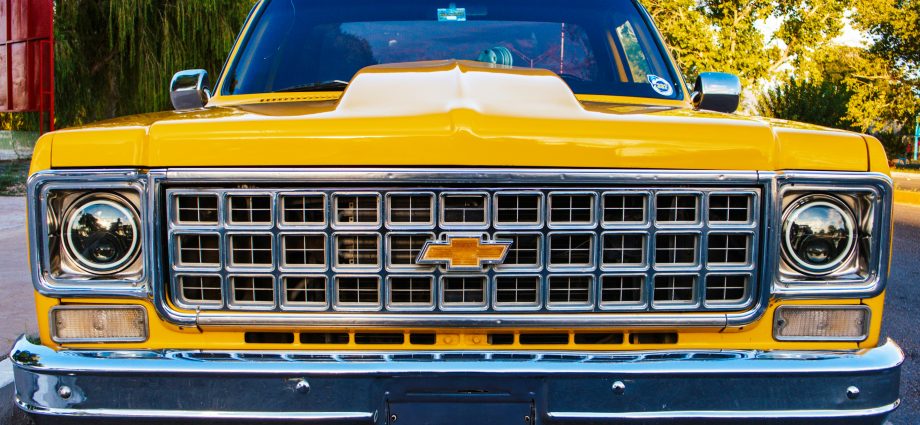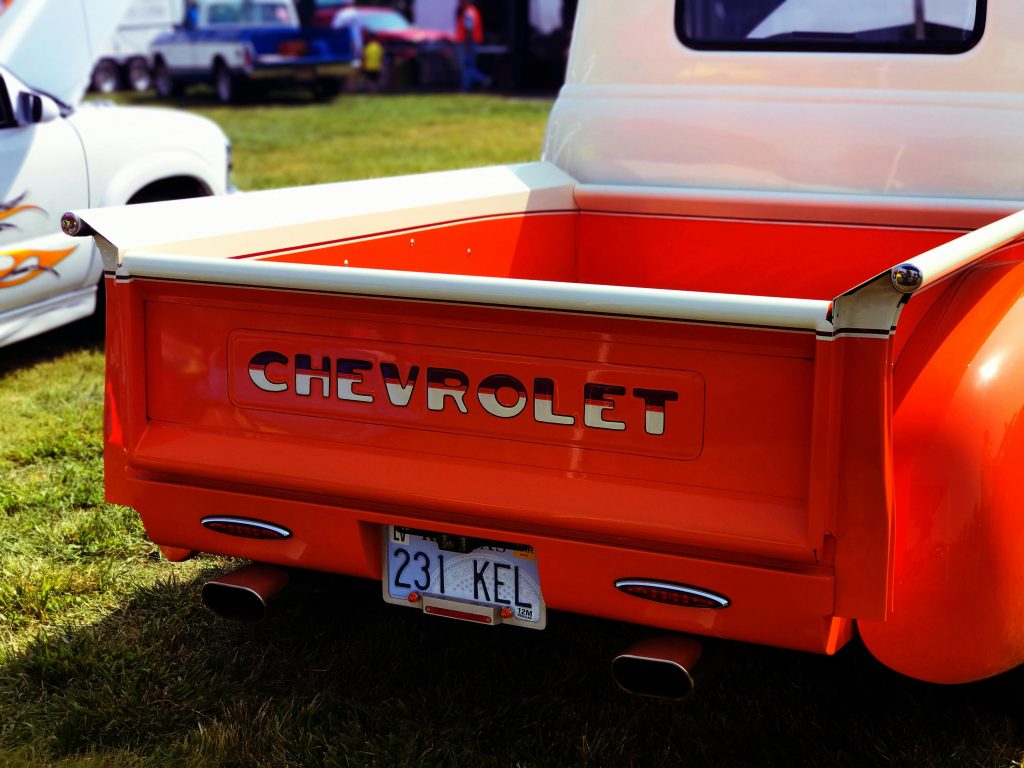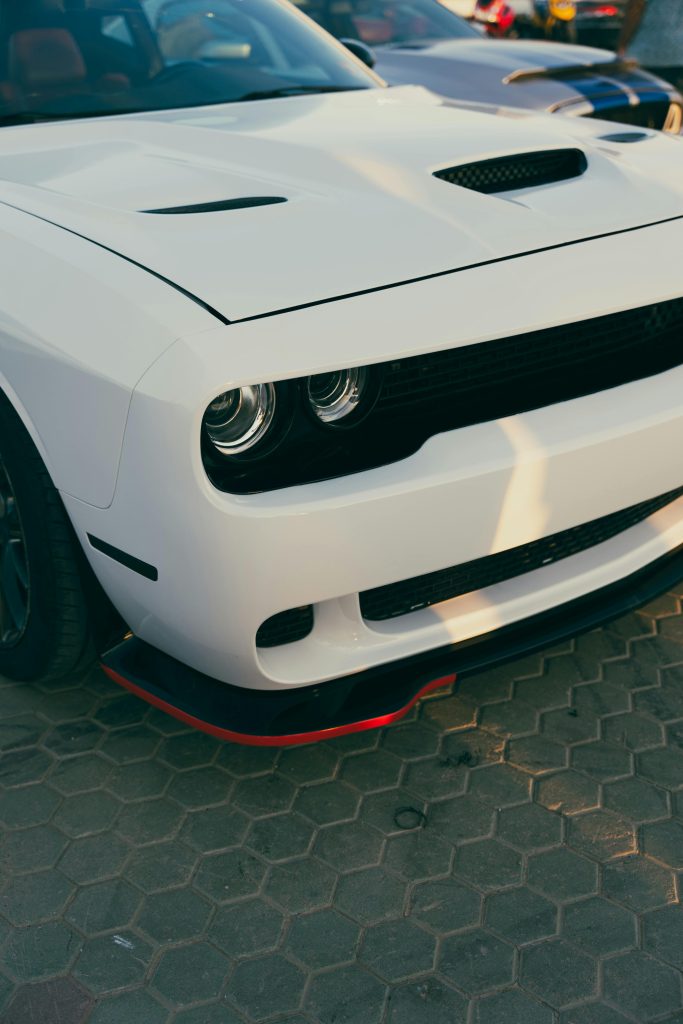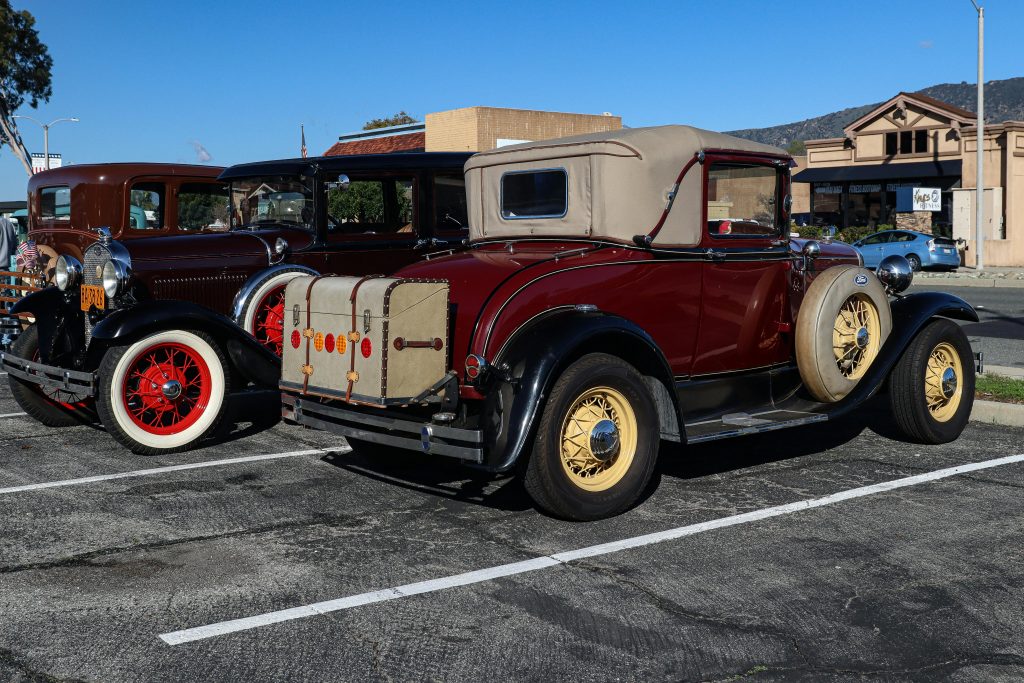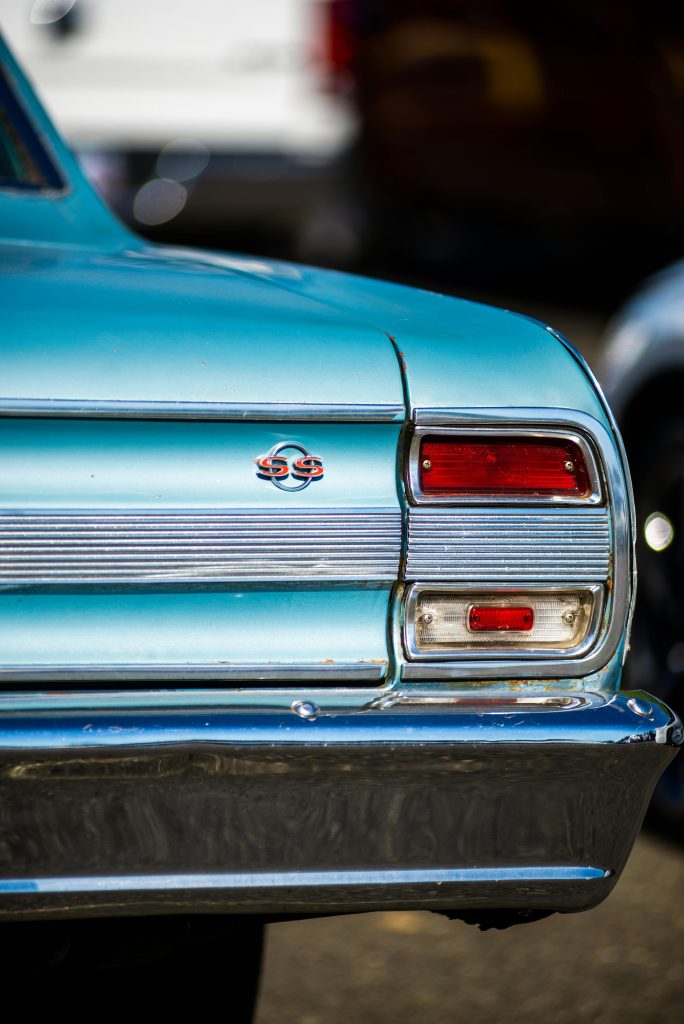Woodward Dream Cruise: Where Detroit’s past and future collide on the asphalt.
From its humble beginnings as a grassroots fundraiser in Ferndale in 1995, the Woodward Dream Cruise has grown into the world’s largest single-day classic car show, a stunning and enduring celebration of Detroit car culture. This article explores the Woodward Dream Cruise history and legacy, from its simple origins on Woodward Avenue to its modern-day status as a week-long festival attracting over one million people and generating a massive economic impact. In that first year, founder Nelson House and his team of volunteers aimed to raise funds for a children’s soccer field, hoping for a modest turnout of 30,000-40,000 people. To their astonishment, nearly a quarter of a million people showed up, a moment that forever cemented the event as an essential part of the Motor City’s identity.
| Section | Summary |
|---|---|
| Section 1: The Genesis of a Dream | Details the humble beginnings of the Woodward Dream Cruise as a 1995 fundraiser and its unexpected transformation into a massive cultural event that attracted a quarter of a million people. |
| Section 2: The Evolution of a Tradition | Describes the event’s expansion from one community to nine, the creation of an organized framework, and its growth into a week-long festival with significant economic impact. |
| Section 3: A 30-Year Legacy | Explores the cruise’s rise to global icon status, its enduring appeal rooted in community and nostalgia, and its influence as a blueprint for other car shows. |
| Section 4: The Cultural Landscape | Covers how the cruise has adapted to the digital age by embracing online media and a new generation of cruisers, while also incorporating restomods and electric vehicles. |
Today, the cruise is far more than a single event. It is a full-blown spectacle and a key annual fixture on the calendar for car enthusiasts from around the globe. The official Woodward Dream Cruise schedule is now preceded by days of unofficial cruising, as American muscle cars, street rods, and specialty vehicles begin to rumble down the historic roadway. This extended cruising Detroit tradition, along with numerous ancillary events in participating communities like Royal Oak and Birmingham, transforms the entire region into a vibrant hub of automotive passion. M1 Concourse hosts its own festival, bringing curated displays and a concert atmosphere to the proceedings. The collective power of the event, from merchandise sales to packed restaurants, contributes an estimated hundreds of millions of dollars to the local economy, proving that the love for the automobile is a powerful financial engine.
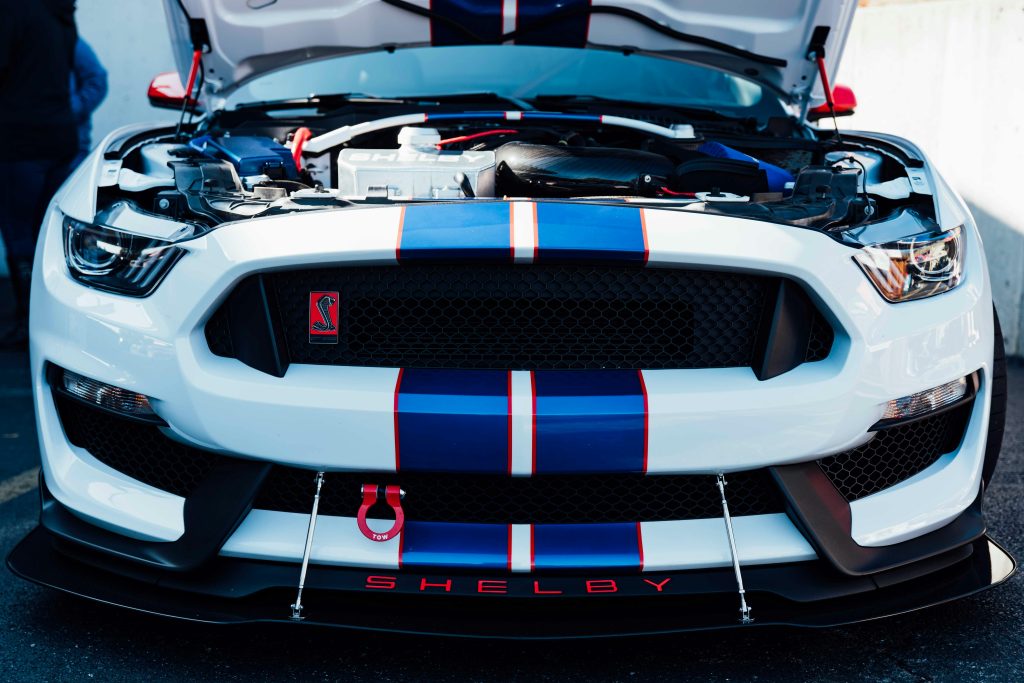
As we delve into the 30-year legacy of this iconic event, we will examine how it has successfully navigated the challenges of a changing automotive landscape. The cruise is no longer just a haven for vintage chrome and steel; it has become a place where the past and the future coexist. We will explore the rise of restomod culture, where classic car bodies are powered by modern, high-horsepower engines, and the growing presence of imported cars. The article also details the intriguing push toward new technologies, including a dedicated “Clean Cruise” that features the latest electric vehicles and challenges long-held notions of what a car show should be. From the official Woodward Dream Cruise route to the grassroots digital media that now amplifies the event, this article paints a comprehensive picture of a tradition that has not only survived but thrived by embracing change. It is a testament to the community, the cars, and the enduring dream that continues to drive them.
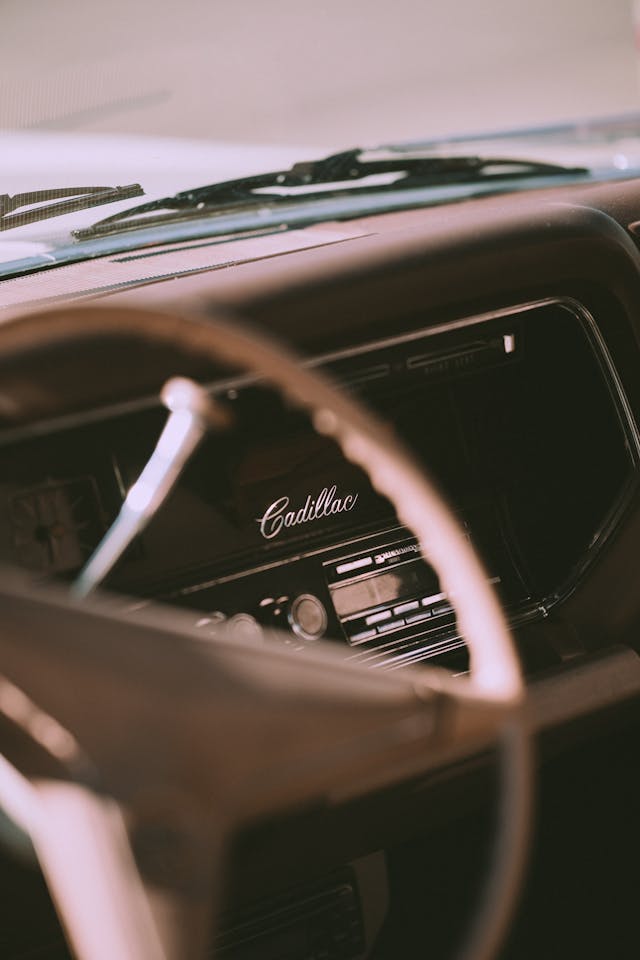 |
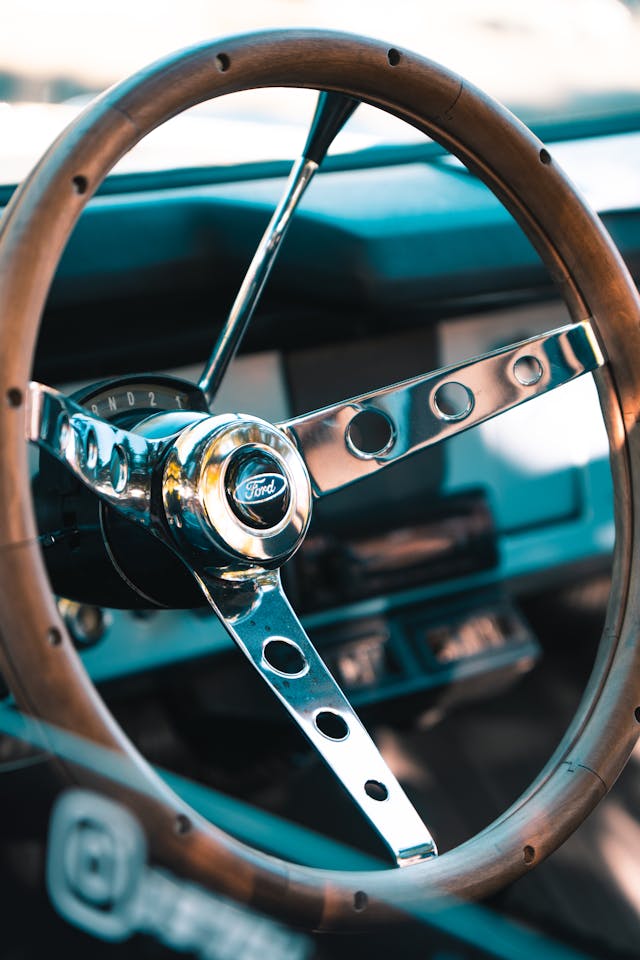 |
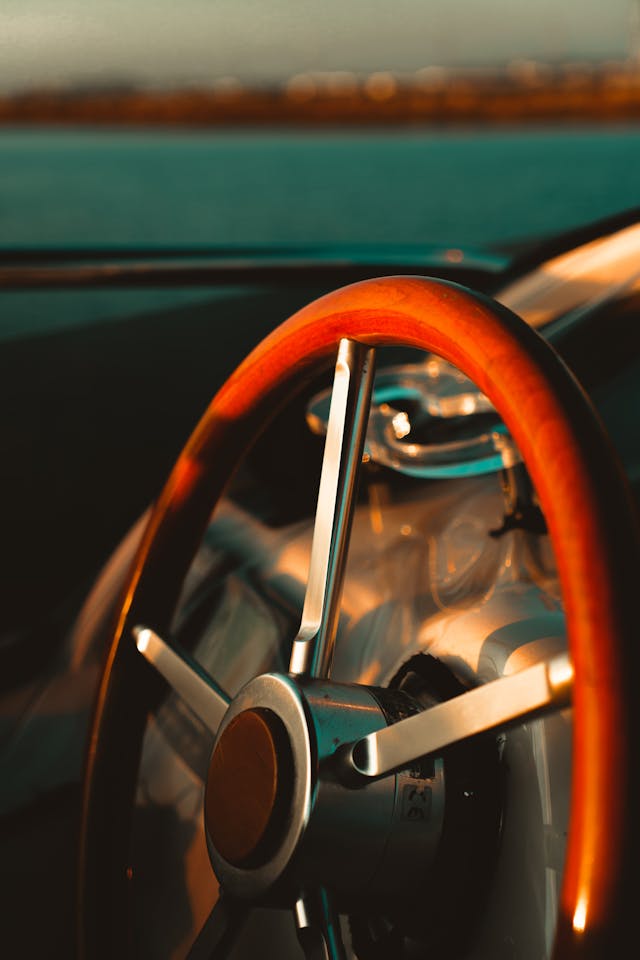 |
Section 1: The Genesis of a Dream – The 1995 Launch and Unexpected Success
The Woodward Dream Cruise did not begin with a grand corporate vision or a marketing campaign. It was born from a simple, nostalgic idea: to relive a past that had long since faded. Before the event became a 16-mile-long spectacle drawing over a million people, it was a memory. The story of the Dream Cruise is, at its heart, the story of Woodward Avenue itself—an American thoroughfare that, for a brief and glorious period, was the beating heart of an entire generation’s culture.
The Golden Age of Cruising: Woodward in the ’50s and ’60s
To understand the immense success of the first Dream Cruise, one must first understand what the organizers were trying to bring back. In the post-war boom of the 1950s and ’60s, Woodward Avenue was not just a road; it was the social and cultural epicenter of Metro Detroit’s youth. With the booming economy and the proliferation of the automobile, teenagers found a new sense of freedom. The car became a symbol of independence, and Woodward Avenue, with its wide lanes and long, straight stretches, became the ultimate playground.
This was the era of the drive-in restaurant, where car culture and social life merged. Teenagers would gather at iconic spots like the Totem Pole in Royal Oak, the Wigwam in Birmingham, and the A&W in Berkley. Here, roller-skating waitresses, clad in white bobby socks, would serve hamburgers and milkshakes to a sea of chrome and steel. The real attraction, however, was not the food, but the cars. Hot rods, muscle cars, convertibles, and hard tops filled the parking lots. The low rumble of a big block V8 and the sounds of rock and roll from the AM radio were the soundtracks to a generation’s youth.
As J.P. Vettraino of Autoweek so eloquently put it, capturing the essence of the era in a retrospective on the first cruise: “In its heyday, from the feel-good ‘50s through the first gas crunch in the ‘70s, Detroit’s Woodward Avenue was more famous than any cruise strip California could offer.” He quoted a woman from the Class of ’64, Linda Hatcher, who summed it up perfectly: “Woodward shaped our lives.” The avenue was a space for drag racing, socializing, and showing off. It was a place where local teenagers would race against one another, and where, as some legends say, engineers from GM, Ford, and Chrysler would sometimes take their prototypes out for a spin, a stealthy form of market research and bragging rights. This unique relationship between the industry and the street was a powerful force that defined the Detroit car culture for decades. The Woodward Dream Cruise, at its core, was born from a collective desire to recapture this magic.
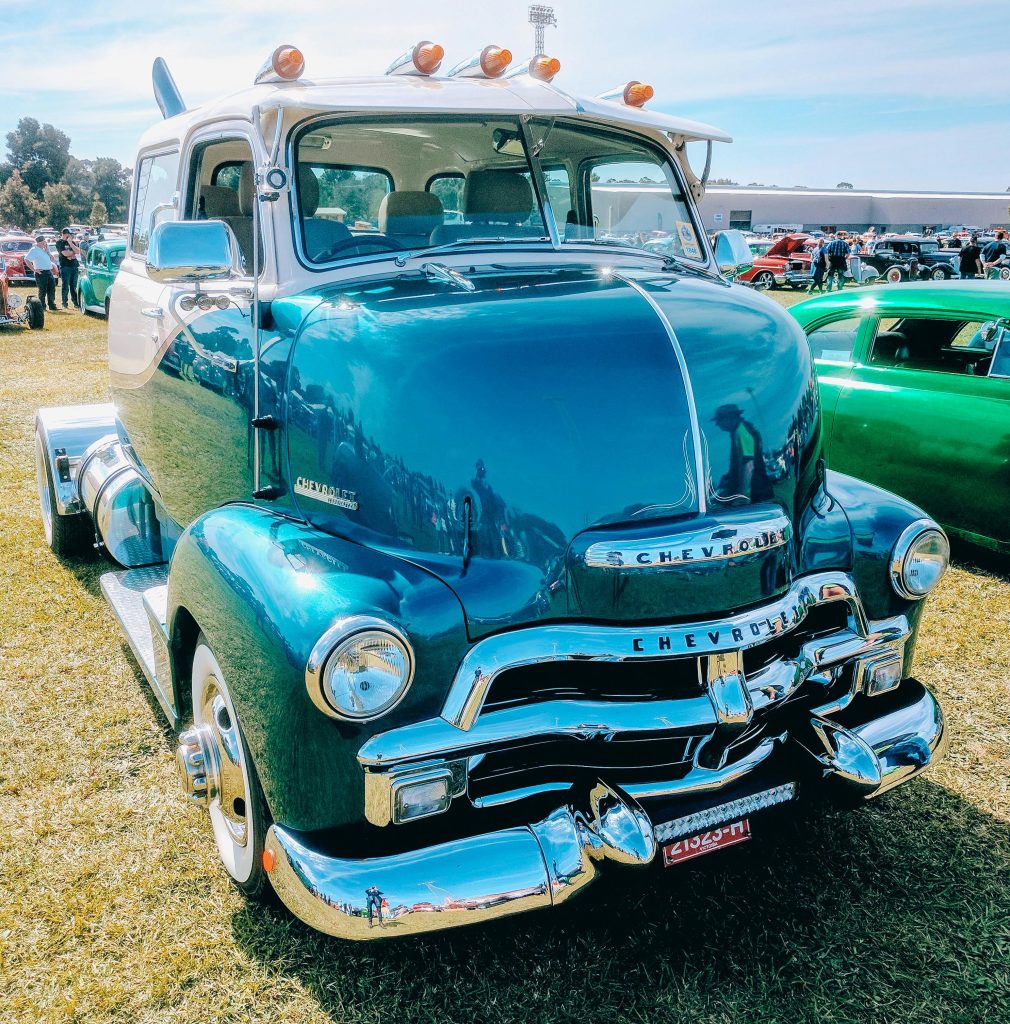
The Spark: A Fundraiser for a Soccer Field
The genesis of the Dream Cruise is a story of serendipity and a simple, heartfelt idea. The year was 1994, and Ferndale plumber Nelson House and his wife were looking for a way to raise money to build a youth soccer field. A casual conversation with his friend, Jean Chamberlain, the founding president of the cruise, ignited a much larger idea. House and his wife reminisced about the old days of cruising on Woodward, and the thought occurred to them: why not create a car event that would capture that feeling and raise money for a good cause?
The idea was to hold a simple, one-day car event where people could drive their classic cars down Woodward Avenue and feel the nostalgia of the past. The plan was modest, a community event for Ferndale with the hope of attracting a few thousand people. It was a beautiful idea, but it was also a massive logistical and financial undertaking for two people and a handful of volunteers.
Chamberlain, a key player in the event’s founding, saw the potential to make the event bigger than just Ferndale. A quote from her, featured in a Wilson Auto Repair article, explains her pivotal role: “It sounded like there would be more cities interested than just Ferndale. I gave [Nelson] the numbers of the chamber directors on the route to Pontiac, and he called them and set up a meeting. That was how the Woodward Dream Cruise (WDC) was born.” This collaborative spirit, forged in the initial planning stages, set the tone for the event’s future. The Woodward Dream Cruise, from its very first day, was designed to be a multi-community effort, a shared experience for all who lived on the famous thoroughfare.
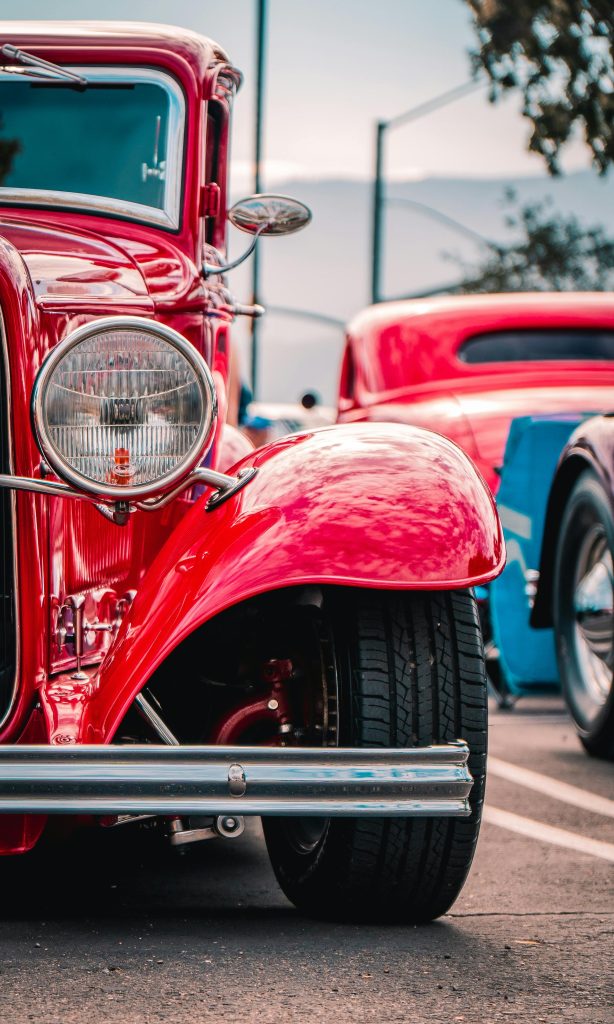 |
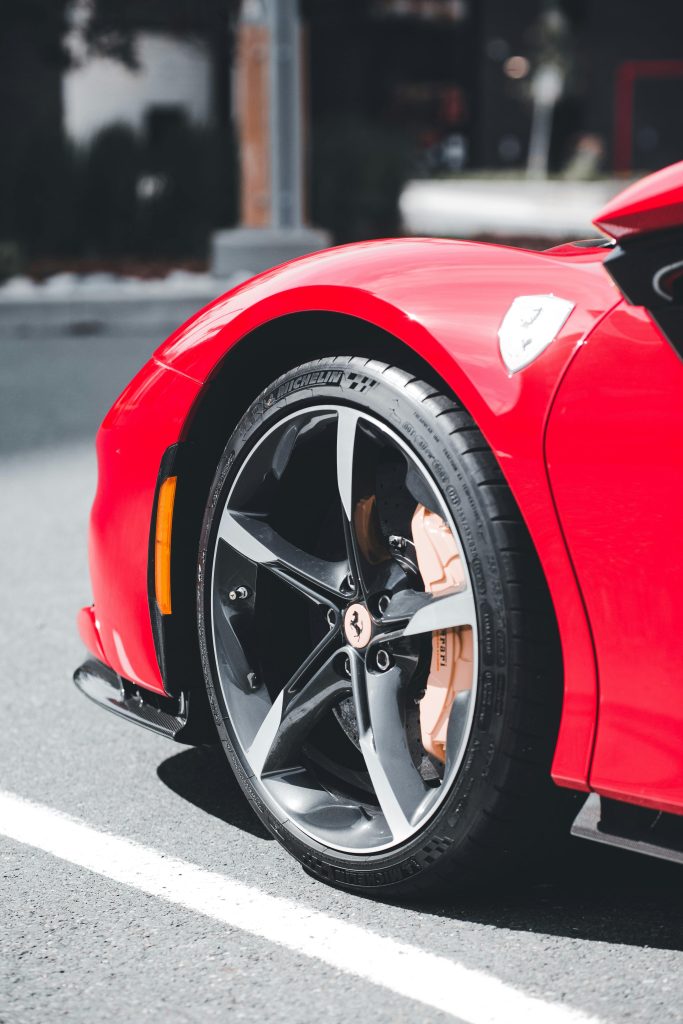 |
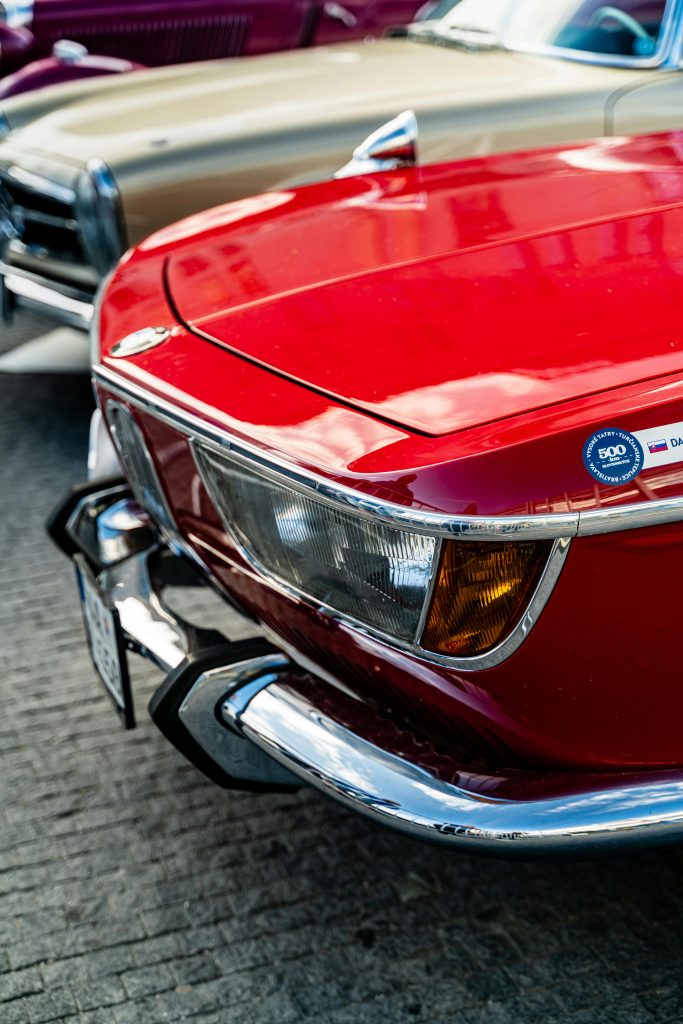 |
The Grassroots Effort: Planning a Phenomenon
The story of the first Woodward Dream Cruise is a masterclass in grassroots organizing. What would become the world’s largest single-day automotive event was not born in a corporate boardroom with a multi-million-dollar budget. It was meticulously planned in the homes and small offices of a handful of dedicated volunteers. The idea that began with Nelson House and Jean Chamberlain, as a simple fundraiser for a children’s soccer field, quickly grew into something that required the cooperation of multiple communities.
The initial steps were taken in Ferndale, where the idea originated. The Ferndale Historical Society points to a specific date that marks the real beginning of the event’s planning: January 26, 1993. This was the date of a “kickoff” meeting where House and a group of civic-minded individuals from Ferndale came together to discuss plans for the “Kids Dream Field” at Martin Road Park. The car show and cruise was an idea floated among several others, and it was the one that stuck. This first meeting laid the groundwork for an event that would ultimately transcend its initial purpose.
As the idea gained traction, the challenge became bigger. To truly capture the spirit of the old cruising days, the event couldn’t be confined to a single city. It had to span the historic length of Woodward Avenue. This meant convincing other communities—Ferndale, Pleasant Ridge, Royal Oak, Huntington Woods, Berkley, and Birmingham—to buy into the idea. Jean Chamberlain, with her connections and vision, played a crucial role in bringing these communities together. She understood that a coordinated effort was key to its success and helped bridge the gap between the cities’ respective chambers of commerce. This collaborative, multi-city approach was a foundational element of the cruise, distinguishing it from a local car show and setting the stage for its massive scale.
The budget for this monumental undertaking was non-existent. There were no corporate sponsors lining up to write checks. The organizers relied on a small group of volunteers, in-kind donations, and the pure goodwill of the communities to get things done. The marketing was equally grassroots, relying on local news coverage and, most importantly, word of mouth. Fliers were passed out at local car shows, and stories were run in community newspapers. The organizers didn’t have the tools of modern social media; their success was built on a network of passionate enthusiasts who eagerly shared the news of a planned return to cruising. The fact that the cruise was free to attend and to participate in was a key part of its appeal, removing any barriers to entry and making it a true community event for everyone.
 |
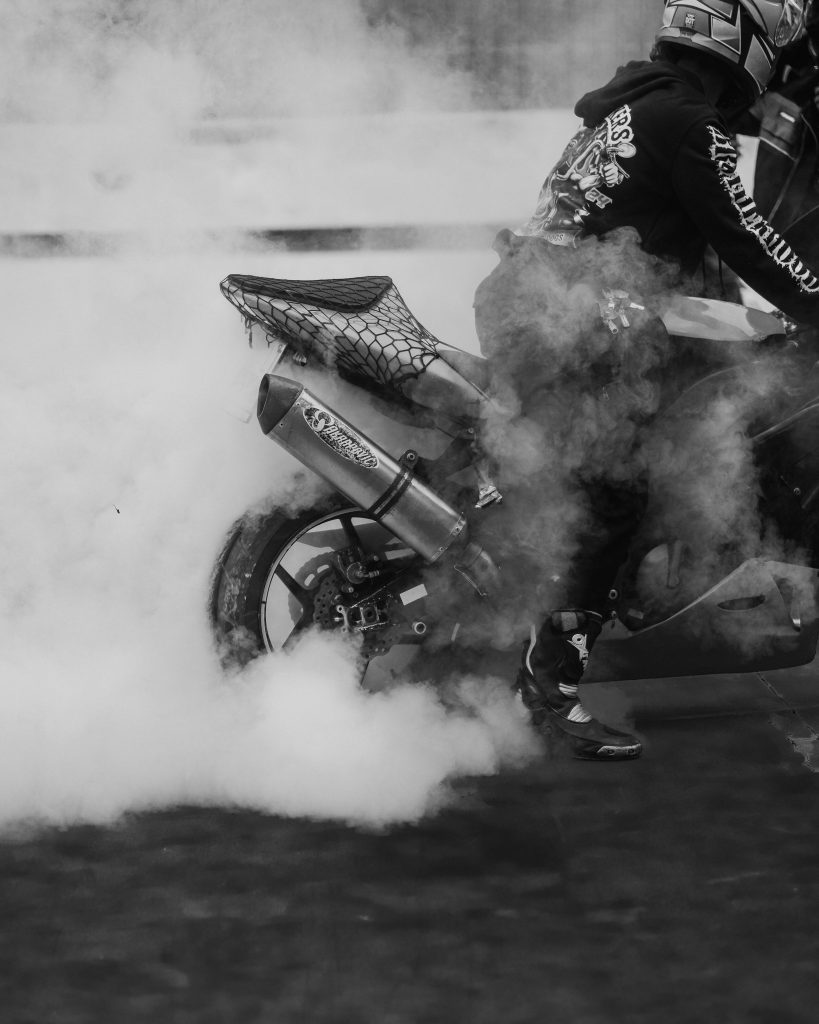 |
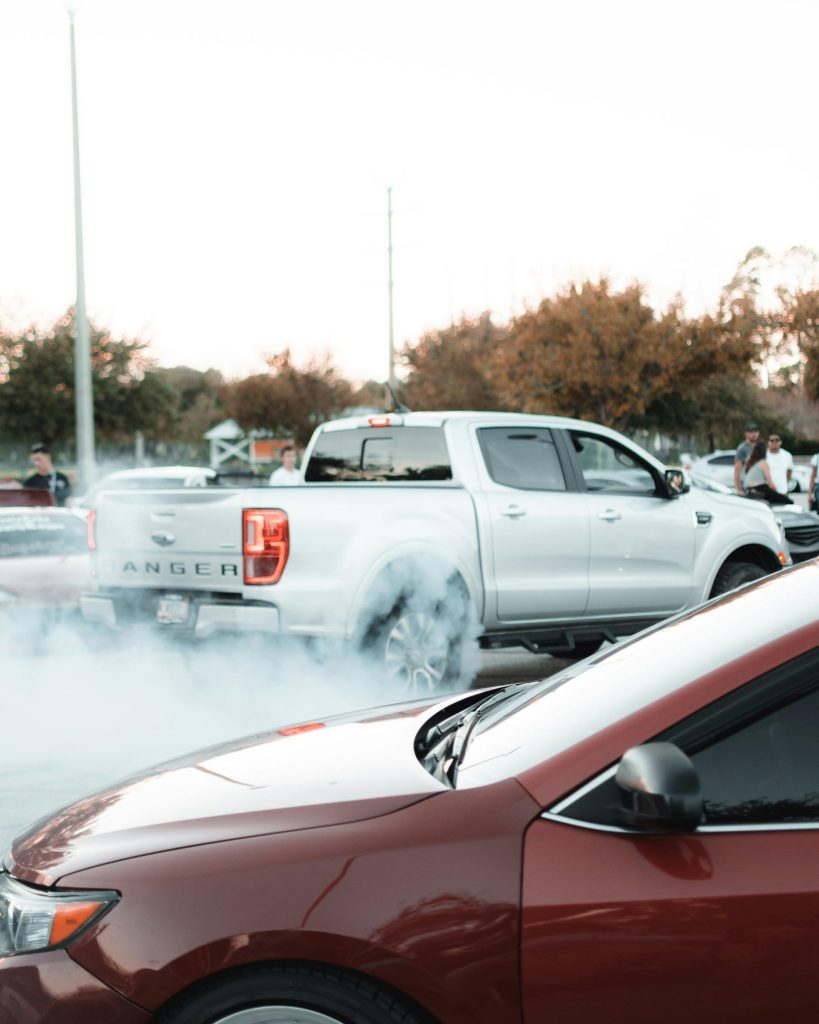 |
The Day of Shock and Awe: August 19, 1995
The organizers’ modest expectations were shattered on August 19, 1995. They had planned for a respectable crowd of around 25,000 to 30,000 people and perhaps a few hundred cars. The reality was something else entirely. The sun rose on a spectacle of chrome and steel that no one in Metro Detroit had seen in over two decades. Over 10,000 vintage vehicles began to fill the streets, and a quarter of a million people lined the route, ten times the expected number. The sheer scale was a shock to everyone.
The atmosphere was one of pure, unadulterated joy and a shared sense of wonder. For the cruisers, it was a moment of profound validation. The roar of the engines, the smell of gasoline and hot asphalt, and the sight of a perfectly restored ’57 Chevy weren’t just sights and sounds; they were keys that unlocked decades-old memories. A quote from a participant from North Carolina, highlighted in a ClickOnDetroit article, spoke to this deeply personal connection: “It’s cars I grew up with—55s, 56s, and 57s. They used to come out all the time.” The event provided a rare opportunity to share those memories with new generations, a beautiful passing of the torch from grandparents to grandchildren.
The media coverage, in the days and weeks that followed, was a mix of awe and astonishment. The event went “viral” before that term even existed. The Detroit Free Press and The Detroit News ran front-page stories on the unexpected phenomenon, ensuring that the first cruise would not be the last. The organizers, who had simply hoped to raise a few thousand dollars, found themselves with a cultural institution on their hands.
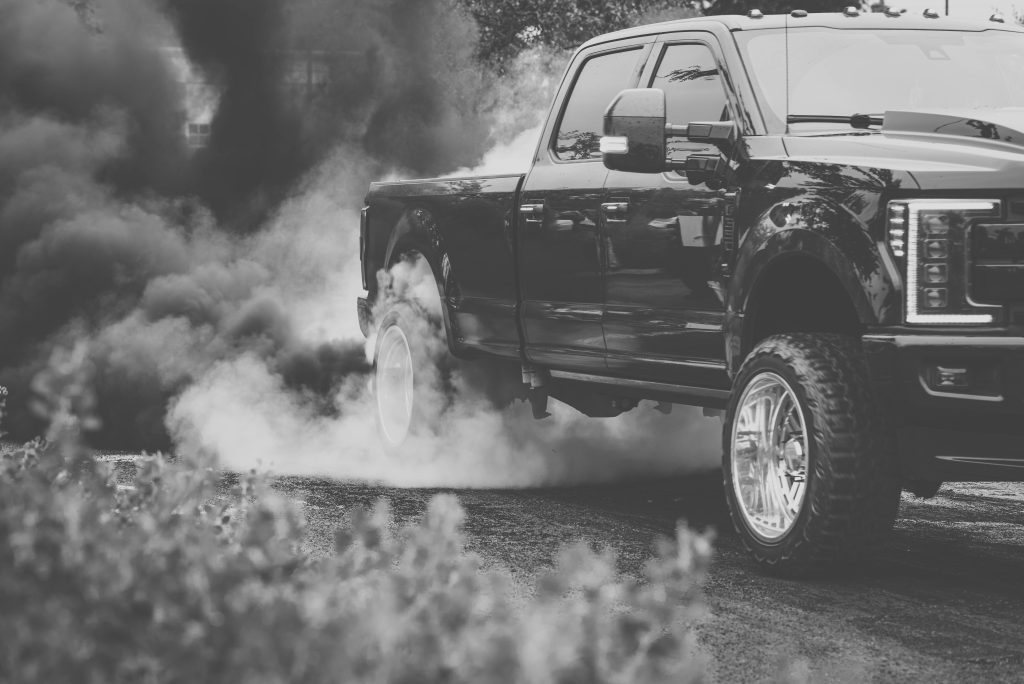
The Aftermath: The Dream Becomes a Legacy
The day after the inaugural Woodward Dream Cruise, the conversation in Metro Detroit was electric. The immense turnout was the talk of the town, and a clear message had been sent to the organizers: this was not a one-off event. It was a tradition waiting to be born. The organizers, still reeling from the success, found themselves with a monumental task: how do you manage and grow a cultural phenomenon that was born by accident?
The initial success proved that the spirit of Woodward was alive and well, but it also presented a massive logistical challenge that would need to be addressed immediately. The simple fundraiser had become a cultural institution overnight. The organizing committee, led by Jean Chamberlain and Nelson House, realized that they could no longer operate as a small, volunteer-based group. They needed to formalize the structure, involve the communities more directly, and begin planning for an event that would be much larger than they had ever imagined. The first Woodward Dream Cruise was a moment of pure, unexpected magic. The years that followed would be dedicated to building the infrastructure to contain that magic, ensuring that the dream could roll on for generations to come.
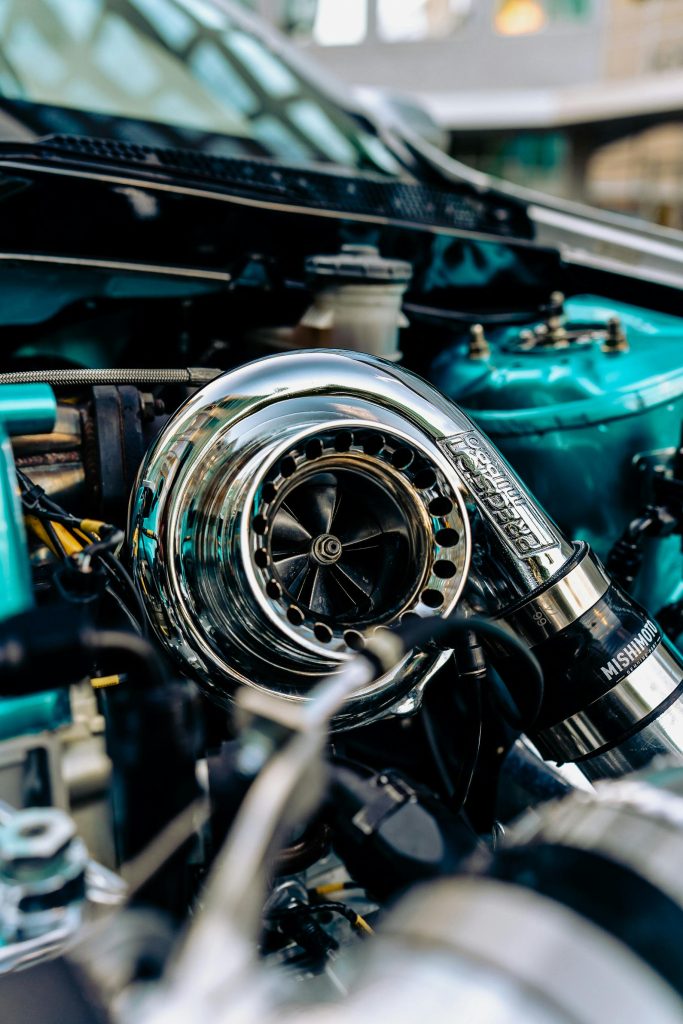 |
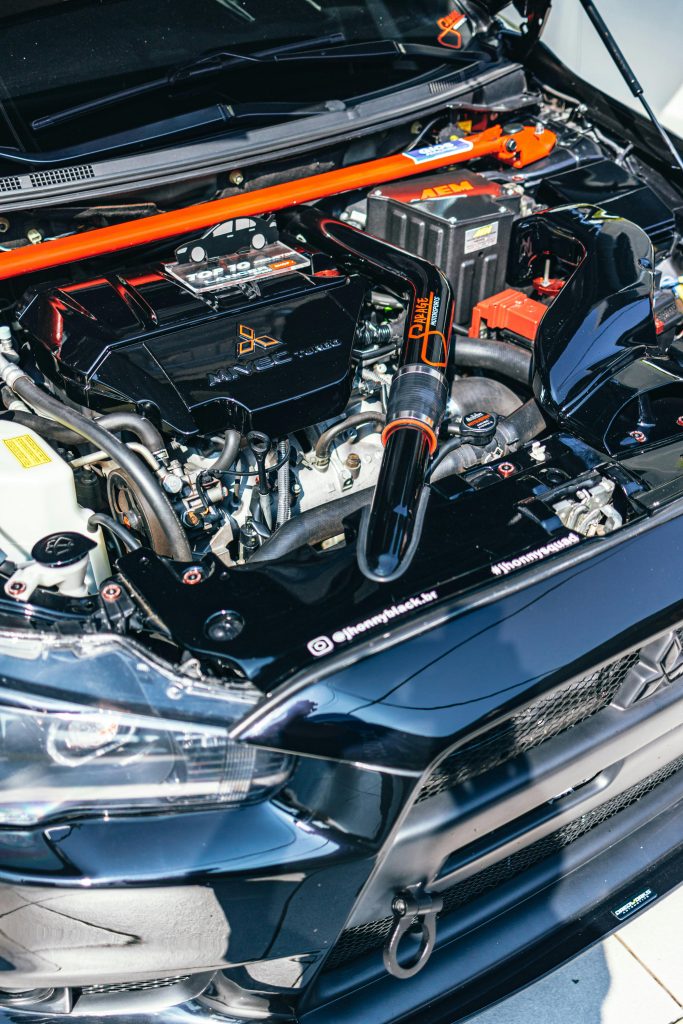 |
The Grassroots Effort: Planning a Phenomenon
The story of the first Woodward Dream Cruise is a masterclass in grassroots organizing. What would become the world’s largest single-day automotive event was not born in a corporate boardroom with a multi-million-dollar budget. It was meticulously planned in the homes and small offices of a handful of dedicated volunteers. The idea that began with Nelson House and Jean Chamberlain, as a simple fundraiser for a children’s soccer field, quickly grew into something that required the cooperation of multiple communities.
The initial steps were taken in Ferndale, where the idea originated. The Ferndale Historical Society points to a specific date that marks the real beginning of the event’s planning: January 26, 1993. This was the date of a “kickoff” meeting where House and a group of civic-minded individuals from Ferndale came together to discuss plans and fund-raising ideas for the “Kids Dream Field” at Martin Road Park. The car show and cruise was an idea floated among several others, and it was the one that stuck. This first meeting laid the groundwork for an event that would ultimately transcend its initial purpose.
As the idea gained traction, the challenge became bigger. To truly capture the spirit of the old cruising days, the event couldn’t be confined to a single city. It had to span the historic length of Woodward Avenue. This meant convincing other communities—Ferndale, Pleasant Ridge, Royal Oak, Huntington Woods, Berkley, and Birmingham—to buy into the idea. Jean Chamberlain, with her connections and vision, played a crucial role in bringing these communities together. She understood that a coordinated effort was key to its success and helped bridge the gap between the cities’ respective chambers of commerce. This collaborative, multi-city approach was a foundational element of the cruise, distinguishing it from a local car show and setting the stage for its massive scale.
The budget for this monumental undertaking was non-existent. There were no corporate sponsors lining up to write checks. The organizers relied on a small group of volunteers, in-kind donations, and the pure goodwill of the communities to get things done. The marketing was equally grassroots, relying on local news coverage and, most importantly, word of mouth. Fliers were passed out at local car shows, and stories were run in community newspapers. The organizers didn’t have the tools of modern social media; their success was built on a network of passionate enthusiasts who eagerly shared the news of a planned return to cruising. The fact that the cruise was free to attend and to participate in was a key part of its appeal, removing any barriers to entry and making it a true community event for everyone.
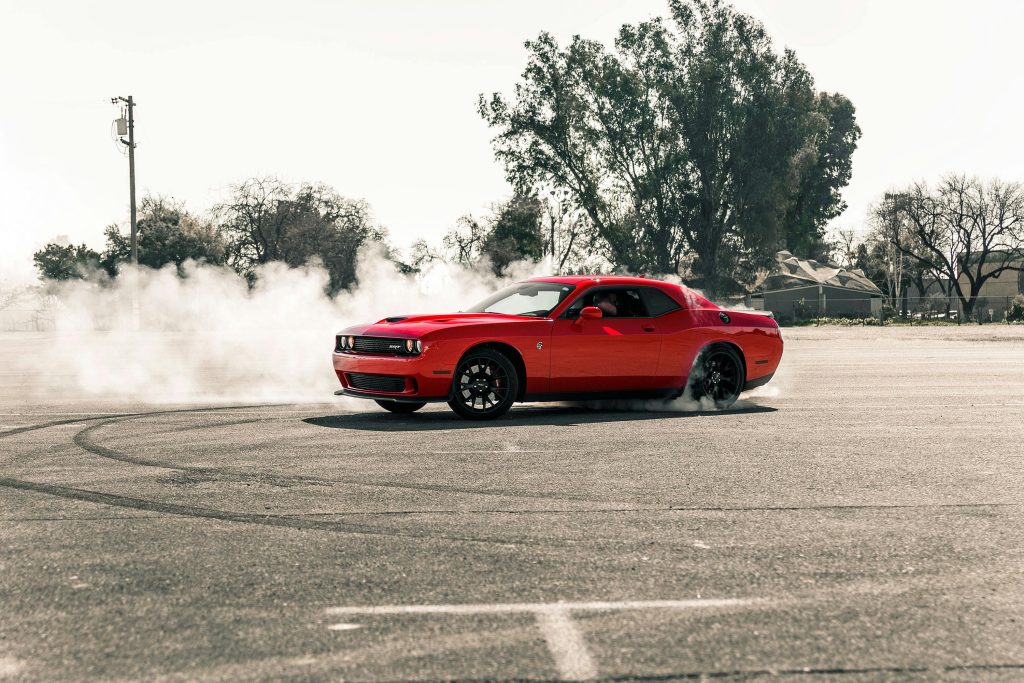
The Day of Shock and Awe: August 19, 1995
The organizers’ modest expectations were shattered on August 19, 1995. They had planned for a respectable crowd of around 25,000 to 30,000 people and perhaps a few hundred cars. The reality was something else entirely. The sun rose on a spectacle of chrome and steel that no one in Metro Detroit had seen in over two decades. Over 10,000 vintage vehicles began to fill the streets, and a quarter of a million people lined the route, ten times the expected number. The sheer scale was a shock to everyone.
The atmosphere was one of pure, unadulterated joy and a shared sense of wonder. For the cruisers, it was a moment of profound validation. The roar of the engines, the smell of gasoline and hot asphalt, and the sight of a perfectly restored ’57 Chevy weren’t just sights and sounds; they were keys that unlocked decades-old memories. A quote from a participant from North Carolina, highlighted in a ClickOnDetroit article, spoke to this deeply personal connection: “It’s cars I grew up with—55s, 56s, and 57s. They used to come out all the time.” The event provided a rare opportunity to share those memories with new generations, a beautiful passing of the torch from grandparents to grandchildren.
The media coverage, in the days and weeks that followed, was a mix of awe and astonishment. The event went “viral” before that term even existed. The Detroit Free Press and The Detroit News ran front-page stories on the unexpected phenomenon, ensuring that the first cruise would not be the last. The organizers, who had simply hoped to raise a few thousand dollars, found themselves with a cultural institution on their hands.
The Aftermath: From Fundraiser to Phenomenon
The day after the inaugural Woodward Dream Cruise, the conversation in Metro Detroit was electric. The immense turnout was the talk of the town, and a clear message had been sent to the organizers: this was not a one-off event. It was a tradition waiting to be born. The organizers, still reeling from the success, found themselves with a monumental task: how do you manage and grow a cultural phenomenon that was born by accident?
The initial success proved that the spirit of Woodward was alive and well, but it also presented a massive logistical challenge that would need to be addressed immediately. The simple fundraiser had become a cultural institution overnight. The organizing committee, led by Jean Chamberlain and Nelson House, realized that they could no longer operate as a small, volunteer-based group. They needed to formalize the structure, involve the communities more directly, and begin planning for an event that would be much larger than they had ever imagined. The first Woodward Dream Cruise was a moment of pure, unexpected magic. The years that followed would be dedicated to building the infrastructure to contain that magic, ensuring that the dream could roll on for generations to come.
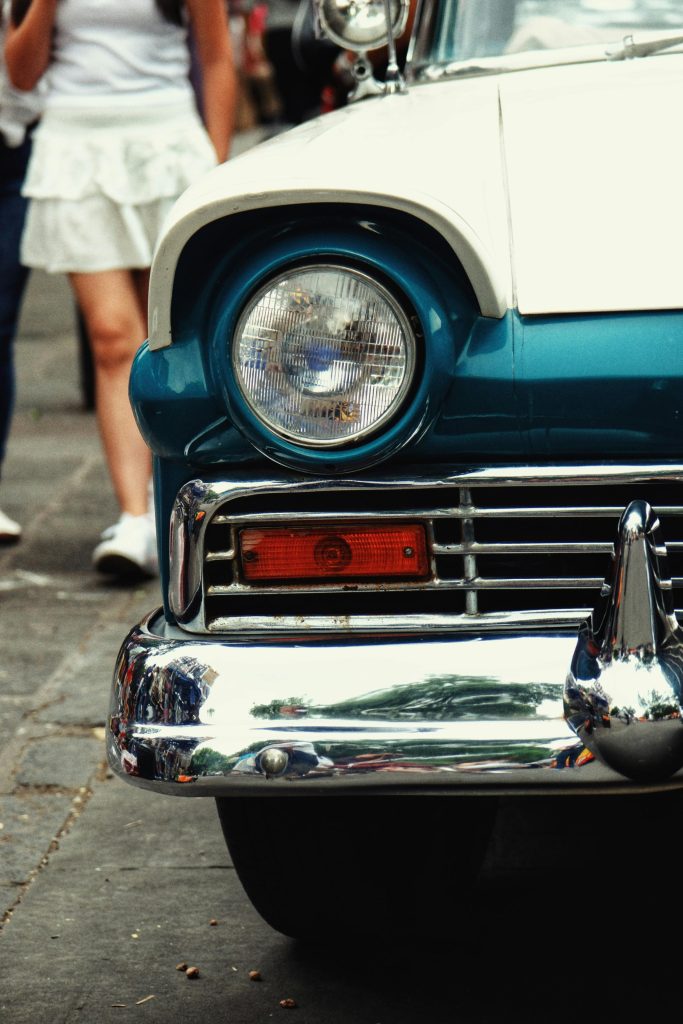 |
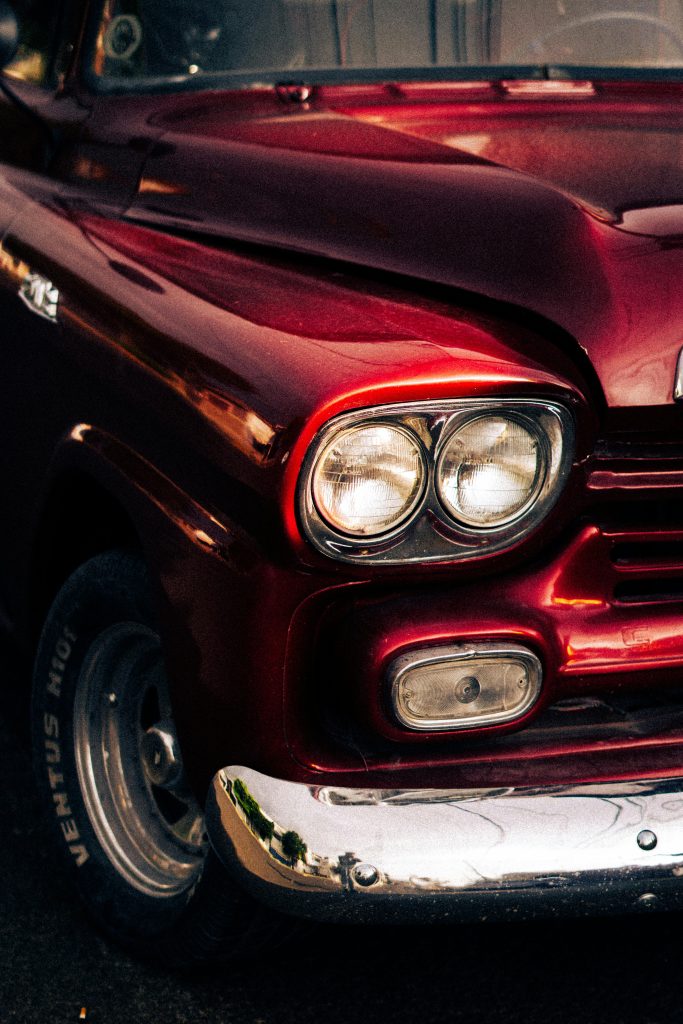 |
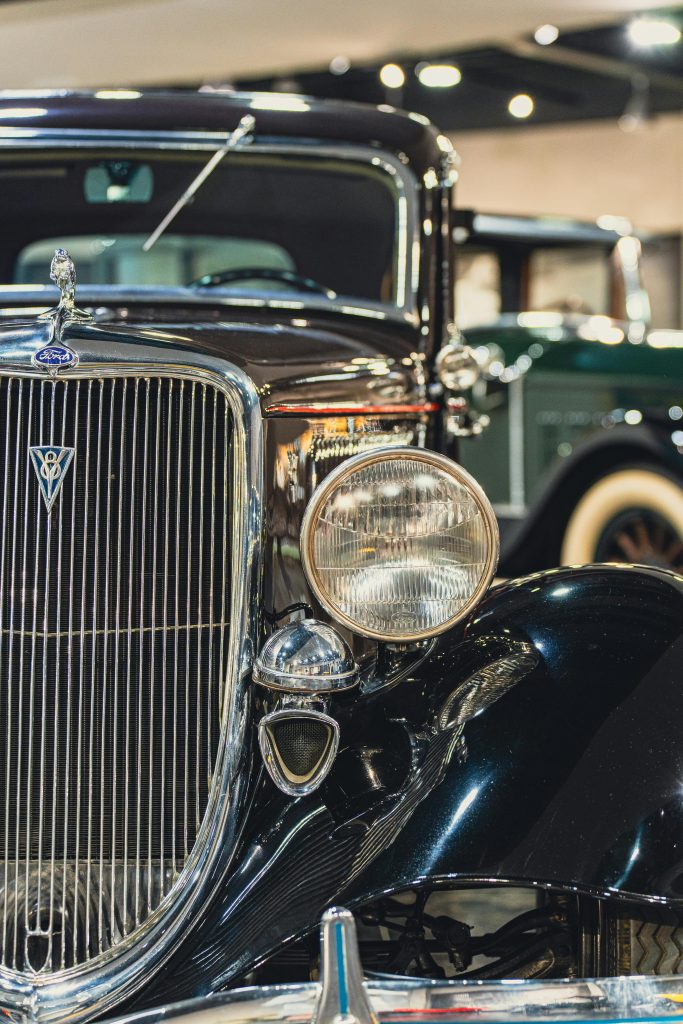 |
Section 2: The Evolution of a Tradition – The 16-Mile-Long Festival of Chrome and Community
The inaugural Woodward Dream Cruise was a magnificent, albeit chaotic, success that proved one thing: the spirit of Woodward was not dead. It was merely dormant, waiting for a catalyst to reawaken it. In the years following that legendary first day in 1995, the event’s evolution from a single-city gathering into a sprawling, 16-mile-long festival became a masterclass in grassroots community building. It was not orchestrated by a grand corporate plan, but was instead an organic expansion, with communities and car enthusiasts working together to transform a local event into a global phenomenon.
To truly appreciate the scope of this transformation, one must travel the route, city by city, understanding the unique character and history that each one brings to the collective experience. The Woodward corridor is a tapestry of distinct communities, each with its own legacy, its own landmarks, and its own way of celebrating a shared passion for the automobile. This section will serve as a definitive guide to the modern Dream Cruise, exploring the intricate details that make each city’s contribution so vital. We will delve into the specific landmarks that serve as backdrops, the key events that draw the largest crowds, and the unseen logistical machinery that ensures the entire spectacle runs smoothly.
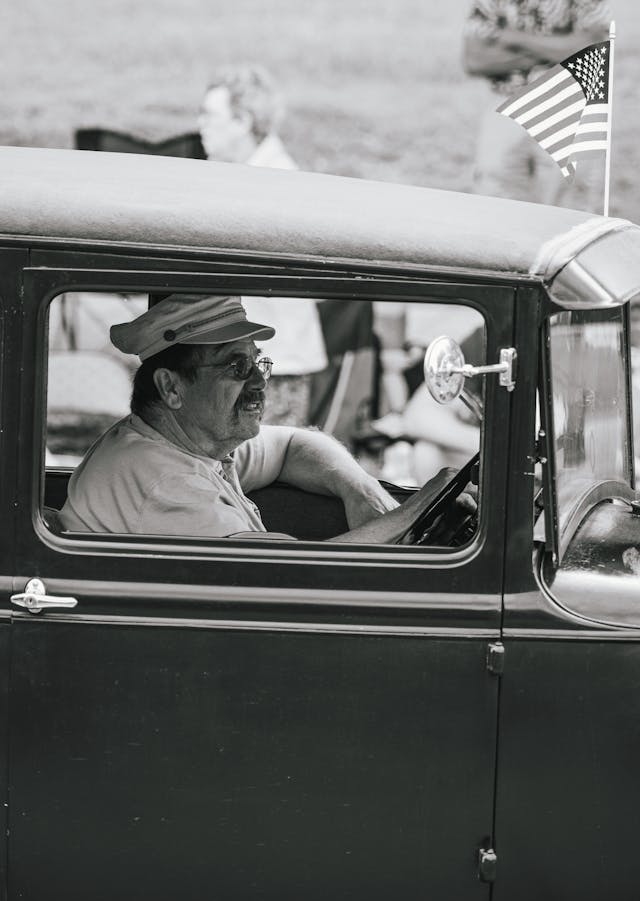
Ferndale: Where It All Began
Ferndale, the small, spirited city that first hosted the Dream Cruise, remains its emotional core. As the southern gateway to the official cruise route, it is where the energy is most palpable, the atmosphere most electric. On a normal day, Ferndale’s downtown is known for its eclectic mix of restaurants, bars, and boutiques. But for the third Saturday in August, its streets become a shrine to automotive history, humming with a mix of anticipation, nostalgia, and sheer horsepower.
The history of Ferndale’s connection to Woodward runs deep. Before the first official cruise, Woodward was where teenagers would gather at local institutions to show off their cars. Though many of the original drive-ins are gone, their spirit lives on. A powerful nod to that legacy is the city’s role in kickstarting the event, a fact that is celebrated annually with the official ribbon-cutting ceremony. This event, held on Friday evening, marks the official start of the cruise weekend, drawing city officials, organizers, and a large crowd of excited onlookers. It’s a moment of community pride and a powerful reminder of how a simple idea, born from a desire to do good, could grow into something so immense.

Ferndale’s most famous attraction is undeniably Mustang Alley, a dedicated showcase that has grown to become an institution in its own right. What started as a small gathering of Mustang owners has since become a sprawling, shimmering sea of Mustangs of every generation, spanning over five city blocks. The genesis of Mustang Alley is a testament to the cruise’s organic growth, born from the collaboration of a local car club, the Mustang Owners Club of Southeastern Michigan (MOCSEM), with city officials. For more than two decades, they have worked together to create a space that celebrates a single, iconic model. The alley is often a place for silent conversation between owners and onlookers, a shared appreciation for the history, design, and power of one of America’s most beloved cars. It’s a place where a father can show his son the very first Mustang he ever owned, standing just a few feet away from the latest, most powerful version. The constant roar of engines as Mustangs come and go, mixed with the conversations of thousands of passionate owners, creates an atmosphere that is uniquely Ferndale.
Beyond the cars, Ferndale is the epicenter of the official cruise events. The city’s “Lights & Sirens Cruise Parade” on Friday is a moving tribute to the event’s community-focused origins. A procession of fire trucks, police cars, and other emergency vehicles, both classic and modern, makes its way down Woodward, greeted by cheers from the crowd. This parade honors the public servants who make the event possible and serves as a powerful symbol of the unity that the Dream Cruise fosters. The main drag of Woodward through Ferndale is a nonstop party, with a constant flow of traffic, live music stages, and an electric atmosphere that pulses with the energy of a million people. The blend of nostalgic cars, rock-and-roll music, and a diverse, multigenerational crowd makes Ferndale an essential and unforgettable part of the Dream Cruise experience.
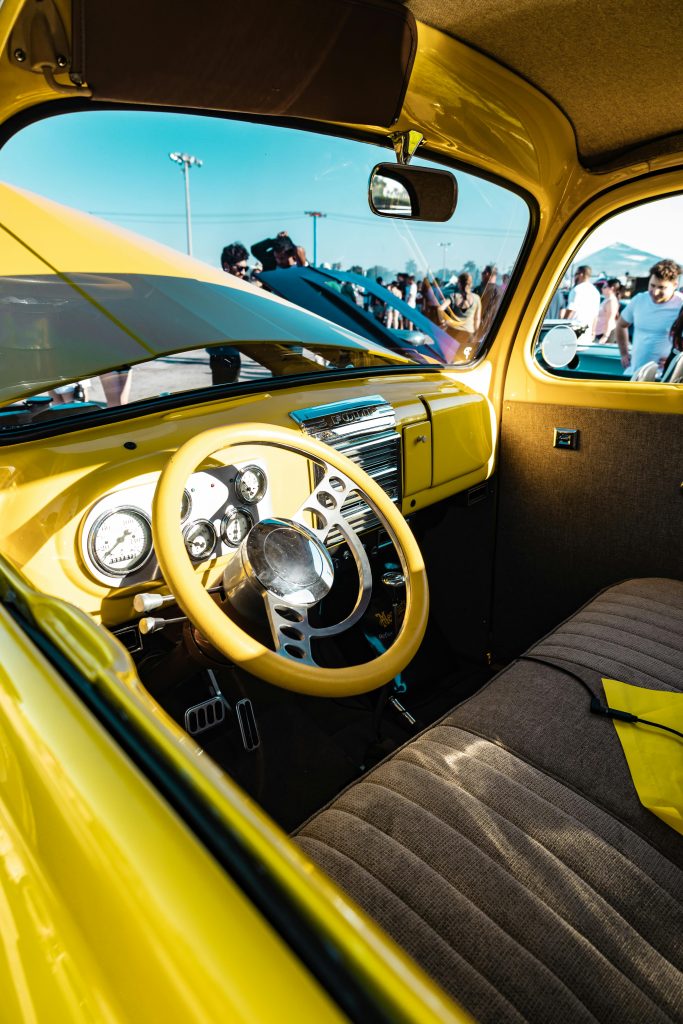 |
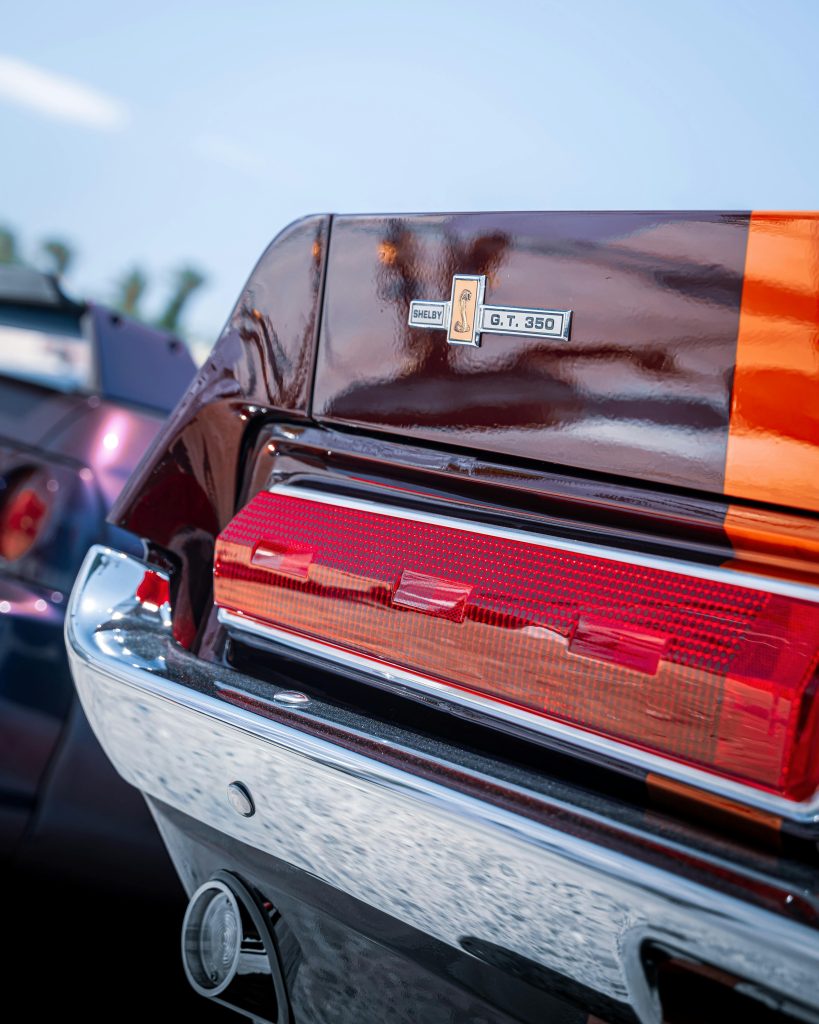 |
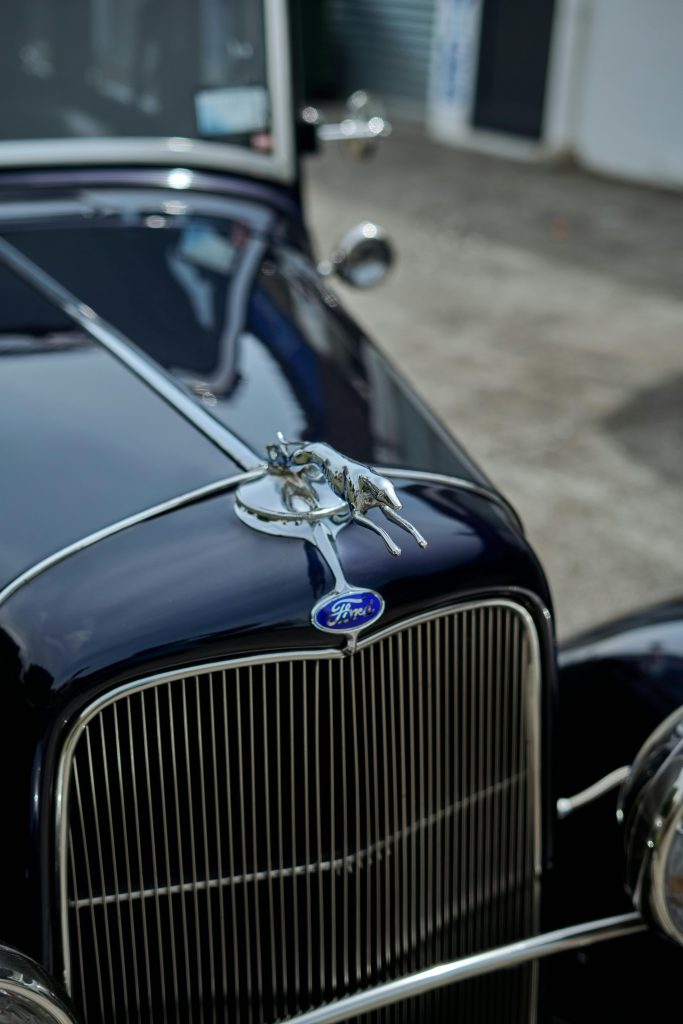 |
Pleasant Ridge: The Authentic Spectator’s Paradise
As the cruise rolls out of Ferndale and into the small, residential community of Pleasant Ridge, the atmosphere shifts. The high-energy, crowded streets give way to a more relaxed, but no less passionate, spectator experience. Pleasant Ridge, along with its neighbor Huntington Woods, embodies the authentic, suburban backdrop of the cruise. Here, there are no official car shows or organized events. Instead, the broad grassy medians and sprawling lawns of the community become prime real estate for spectators. Families set up elaborate tailgating spots, complete with grills, canopies, and a vast assortment of lawn chairs. The scene is one of pure Americana, a sprawling, community-wide block party that has been a tradition for many for decades.
The experience in Pleasant Ridge is deeply personal and communal. It’s a place where families have been coming for generations, often staking out the same spot year after year. The cruise becomes the annual backdrop for a family reunion, a chance for neighbors to catch up and for friends to share a beer. The sounds of classic rock music from a car stereo mix with the sizzling of hot dogs and the laughter of children. The focus here is not on the big corporate tents or official merchandise, but on the simple joy of watching the cars roll by and soaking in the vibrant energy. One of the most famous sights in Pleasant Ridge is the parade of people who walk the medians, marveling at the cars, and talking to their owners. This is the heart of the Dream Cruise’s community, a place where everyone is welcome, and the shared love of the automobile is the only ticket you need.
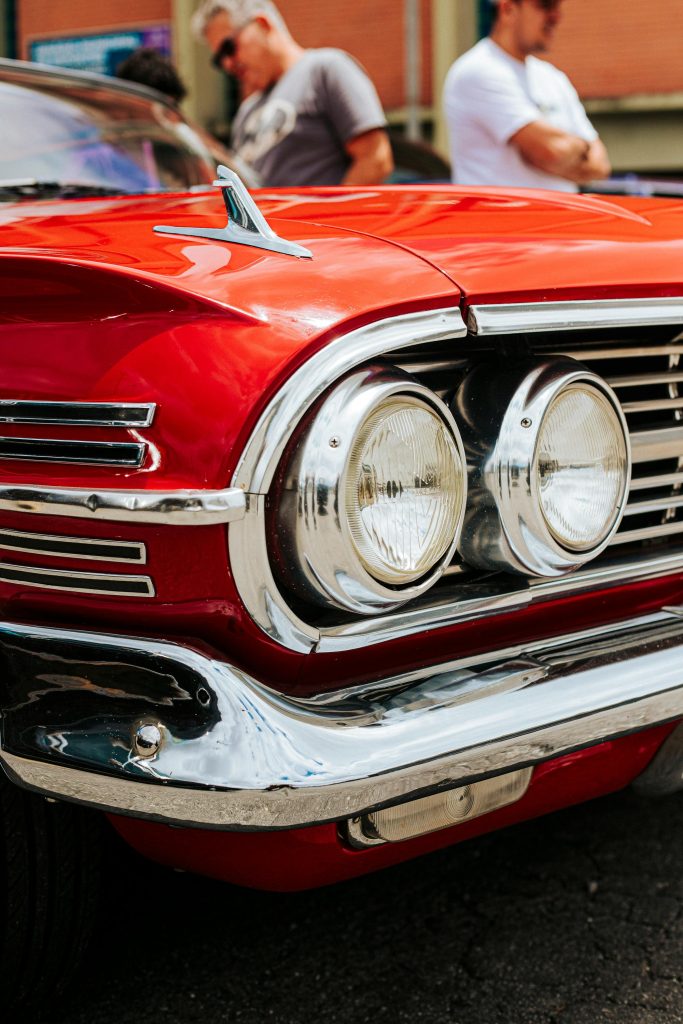
Huntington Woods: The Urban Forest’s Tribute
Nestled between Pleasant Ridge and Royal Oak, Huntington Woods is often referred to as a “city of trees,” a fitting nickname for its lush, green landscape. During the cruise, this urban forest provides a unique, beautiful backdrop for the parade of vehicles. Like Pleasant Ridge, Huntington Woods focuses on the spectator experience rather than organized events. The city’s broad medians fill up with families, friends, and car enthusiasts who have claimed their spot for the day. The atmosphere here is one of peaceful appreciation, a chance to admire the cars’ beauty and craftsmanship without the overwhelming crowds of the more centralized cities.
Huntington Woods’ proximity to the Detroit Zoo, a major regional landmark just north of the city on Woodward, makes it a popular entry and exit point for many. Families often make a day of it, combining a morning at the zoo with an afternoon of cruising. This dual appeal highlights how the Dream Cruise has integrated itself into the fabric of the entire region, becoming a part of the summer ritual for millions, not just those who live directly on Woodward. The city’s residential character is a powerful reminder that the Dream Cruise is a local event, a cherished tradition for the people who call this area home. The constant stream of traffic, the low rumble of engines, and the excited chatter of the crowd are a temporary but powerful feature of this quiet, beautiful city, bringing a touch of high-octane energy to its tranquil streets for one weekend each year.
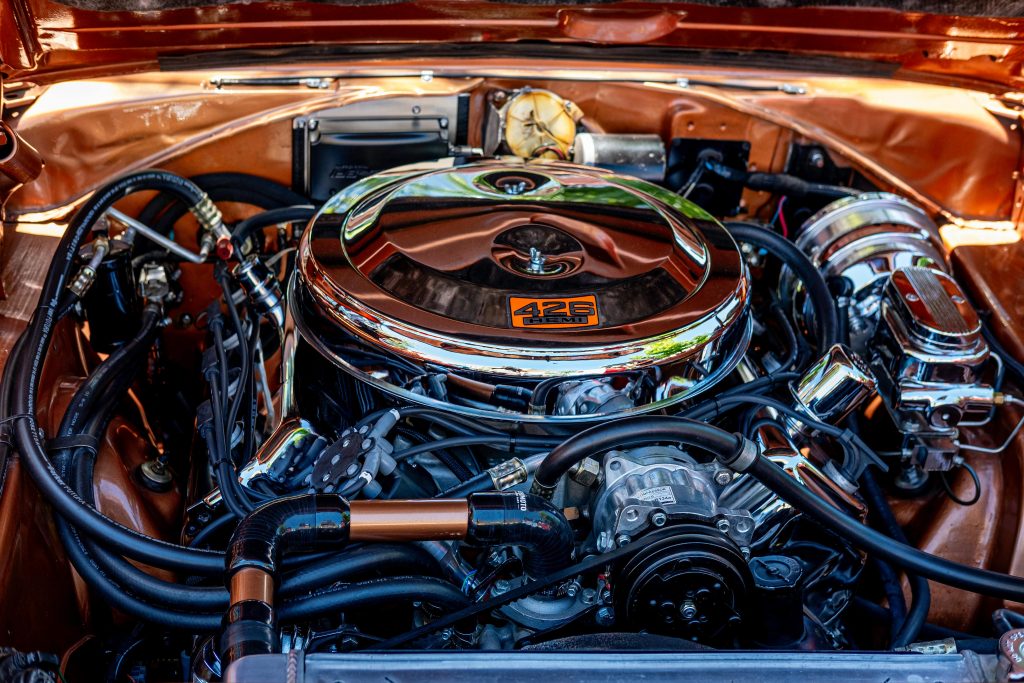
Royal Oak: The Crossroads of Cruising Culture
Continuing the journey north, the Dream Cruise enters Royal Oak, a city that has become an essential hub for the event. While Ferndale is the birthplace, Royal Oak is often considered the heart of the modern cruise, a central gathering point that embodies the blend of car culture and community celebration. Royal Oak’s relationship with Woodward Avenue is a deep one, stretching back to the original cruising era. The city’s central location and numerous side streets and parking lots made it a popular spot for teenagers in the 1950s and 60s, a place where they could gather, show off their cars, and socialize. This legacy continues today, though in a much more organized fashion.
Royal Oak’s portion of the route is defined by its vibrant downtown, which offers a backdrop of restaurants, bars, and a lively, festive atmosphere. Unlike the more residential feel of its southern neighbors, Royal Oak is where the commercial energy of the cruise truly comes to life. The city hosts its flagship event, the Performance Park Classic Car Show, which transforms one of the city’s main parks into a meticulously curated display of vintage automobiles. Here, spectators can get up close and personal with some of the most beautiful cars in the world, from gleaming pre-war classics to iconic muscle cars. The show is a feast for the eyes, a chance to admire the craftsmanship and history of these machines in a static, detailed setting. Local businesses, like Royal Oak Ford, also play a significant role, hosting their own events and showcasing a mix of classic and modern vehicles, often right on the route.
The atmosphere in Royal Oak is electric. The sidewalks are packed with people, and the sound of live music from various stages mixes with the rumble of passing engines. Popular local eateries and institutions are a crucial part of the experience. Places like Duggan’s Irish Pub and Redcoat Tavern are packed all day long, with their patios providing prime viewing spots for the constant parade of cars. The blend of cruising on the avenue and the festival-like atmosphere in the side streets and parks makes Royal Oak a must-visit destination for anyone attending the cruise. The city’s proactive approach to celebrating the event, even while addressing the logistical challenges of noise and traffic, has solidified its place as a key player in the Dream Cruise’s ongoing legacy.
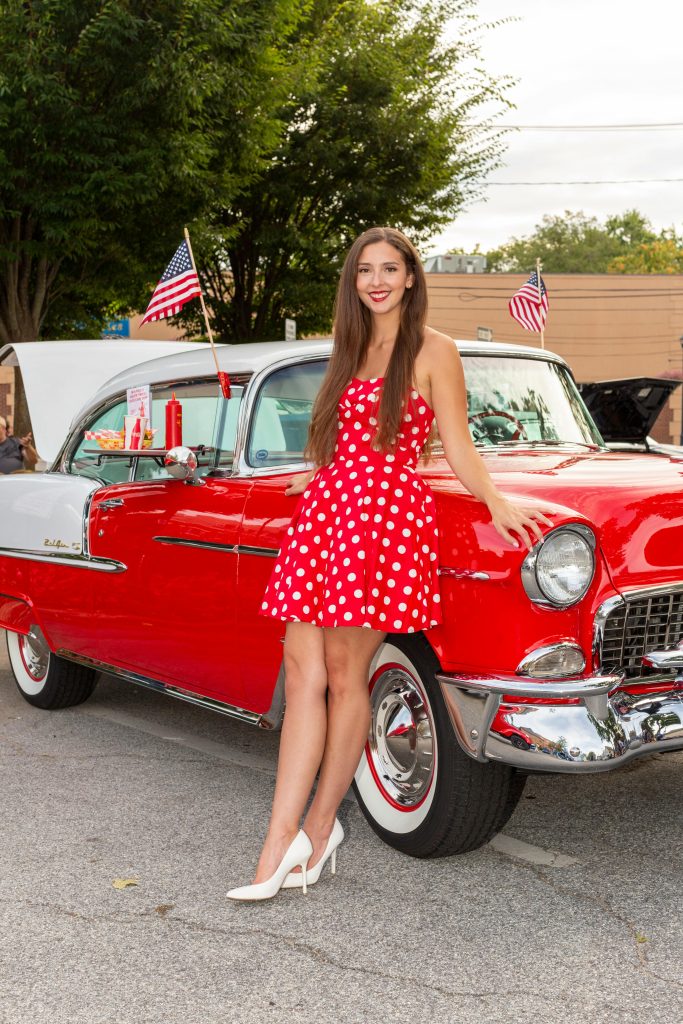 |
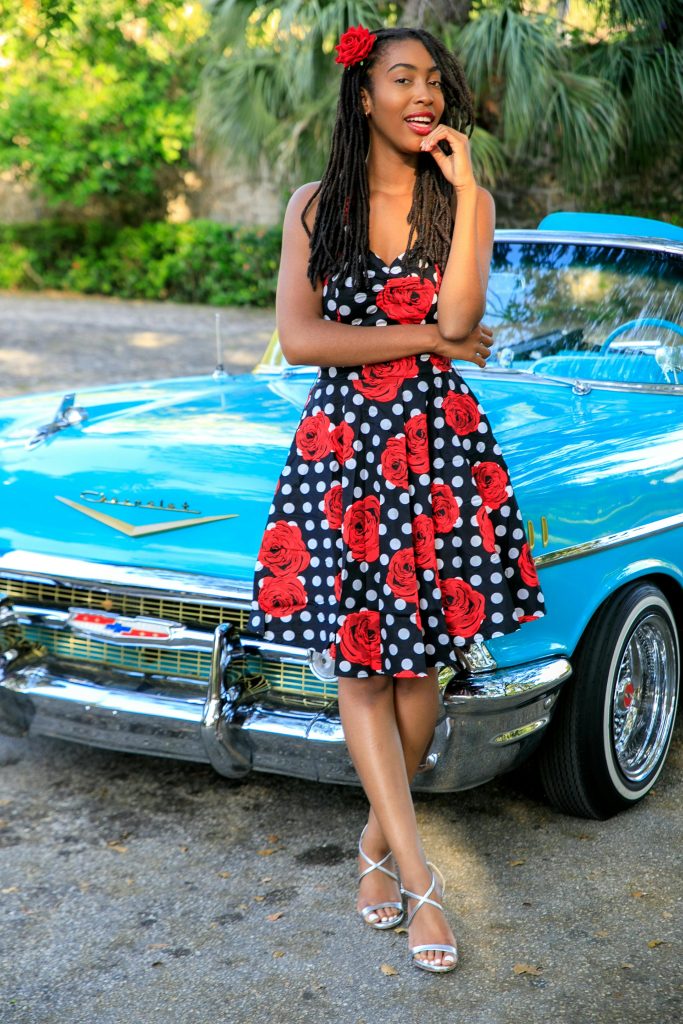 |
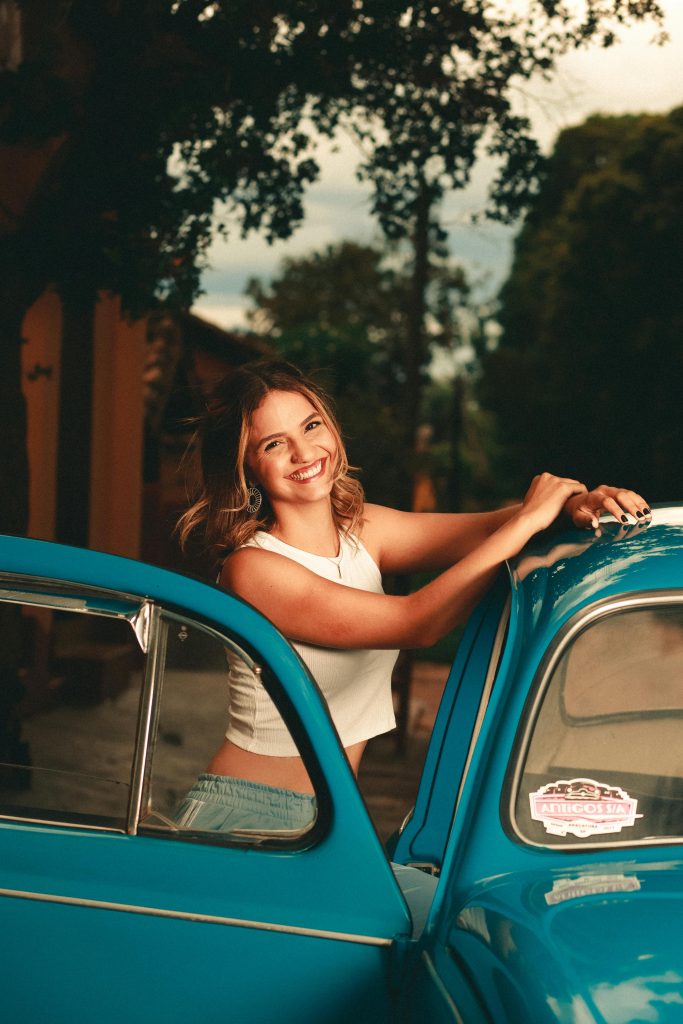 |
Berkley: The Cruiser’s Paradise with a Community Heart
Between Royal Oak and Huntington Woods lies Berkley, a city known for its down-to-earth, community-focused approach to the cruise. While it may not have the massive official events of Ferndale or Royal Oak, Berkley has earned a reputation as a cruiser’s paradise, a place where the traffic flows just a bit smoother, allowing drivers to really enjoy the experience. The city embraces the grassroots nature of the cruise, focusing on what happens on the road and on the sidewalks rather than on large, organized shows.
Berkley’s hallmark event is the CruiseFest Classic Car Parade, a beloved tradition that has been a staple of the weekend for over 25 years. Held on Friday evening, this parade is a pre-game ritual for the main event, a chance for cruisers to show off their rides in a more structured, but still spirited, environment. The parade travels west on West 12 Mile Road from Woodward, drawing a massive crowd that lines the sidewalks with lawn chairs and excitement. The event is a true community celebration, complete with live music from local bands, food vendors, and a general festive atmosphere that sets the tone for the main cruise day. The city’s engagement with the community is strong, with the Berkley Parks & Recreation Department and the Berkley Area Chamber of Commerce working hand-in-hand to make the event a success.
The atmosphere along Berkley’s stretch of Woodward is one of genuine car love. The streets become an impromptu show, with car owners parking, chatting with fellow enthusiasts, and soaking in the spectacle. Local businesses, like the iconic Vinsetta Garage, a former auto shop-turned-restaurant, perfectly embody the spirit of the cruise. Located right on Woodward, its historical significance and unique atmosphere make it a popular “go-to” spot for both cruisers and spectators. This blend of history and modern culinary culture captures the very essence of the Dream Cruise. For many, Berkley represents the classic cruising experience—the open road, the cool cars, and a welcoming, friendly community.
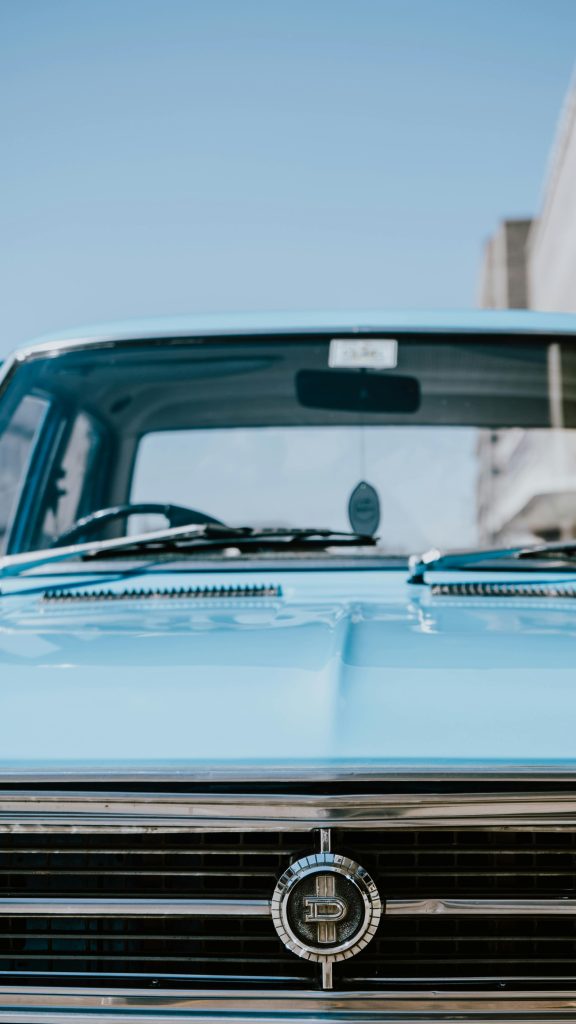 |
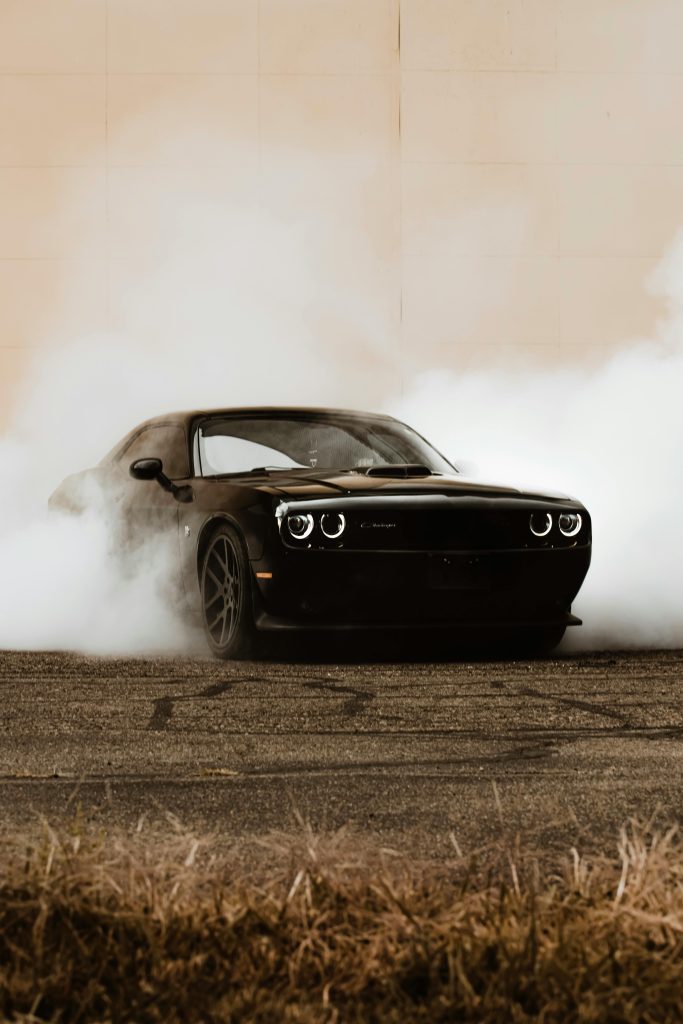 |
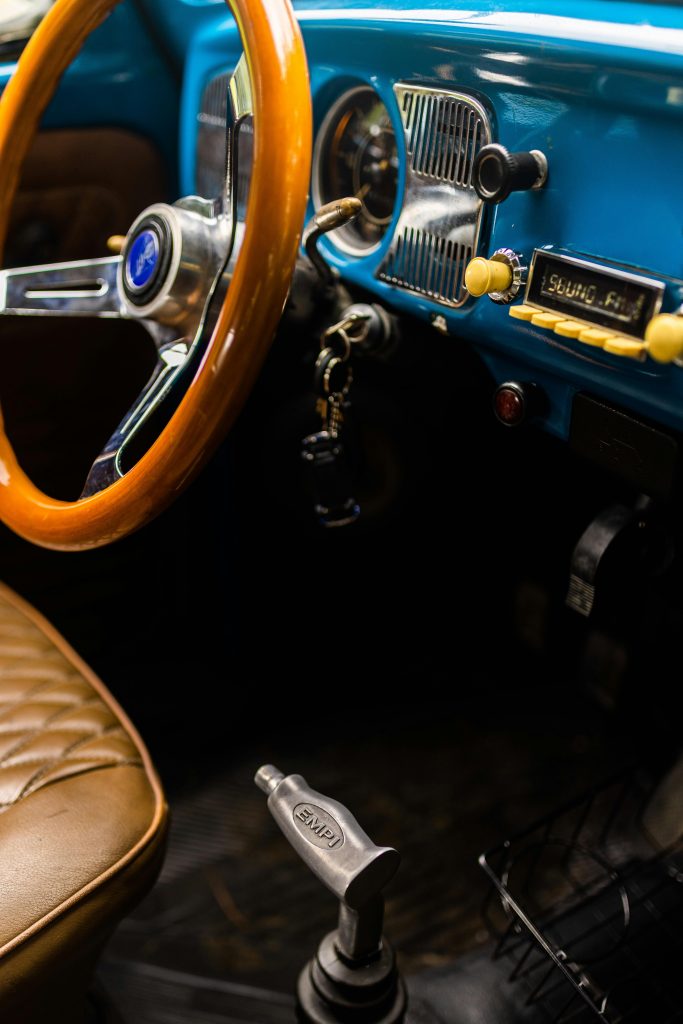 |
Birmingham: Elegance, Exclusivity, and the Concours of the Cruise
As the cruise moves into Birmingham, the ambiance shifts noticeably. While Ferndale is the blue-collar, high-octane heart of the cruise, Birmingham is its elegant, curated counterpart. The city offers a more refined and exclusive experience, showcasing a different class of automotive craftsmanship. The stretch of South Old Woodward becomes an outdoor showroom for a select group of vehicles, where you are more likely to see rare European sports cars, vintage luxury vehicles, and concours-quality antiques.
The city’s official event, simply known as the Birmingham Cruise, takes over South Old Woodward, transforming it into a high-end showcase. This event is a testament to the diverse appeal of the Dream Cruise, proving that it is not just for American muscle enthusiasts but for all who appreciate automotive design and history. The atmosphere is that of a sophisticated gathering, with attendees enjoying the view from chic restaurant patios and sidewalk cafes. Businesses like the legendary Hunter House Hamburgers, a classic slider joint that has been operating since 1952, host their own parties, drawing crowds that blend the high-end with the nostalgic.
The Birmingham Cruise is a reflection of the city’s unique identity. It’s a place where the cars are not just a mode of transport but a work of art. The focus is on pristine condition, rarity, and historical significance. The blend of luxury, elegance, and pure automotive passion makes Birmingham an essential part of the Dream Cruise. It demonstrates that the event has a broad appeal, and can adapt its character to fit the identity of each community it touches. For many, the Birmingham portion of the cruise is the perfect place to see the rarest and most beautiful vehicles, a quiet and dignified counterpoint to the raucous, free-for-all energy of the southern cities.
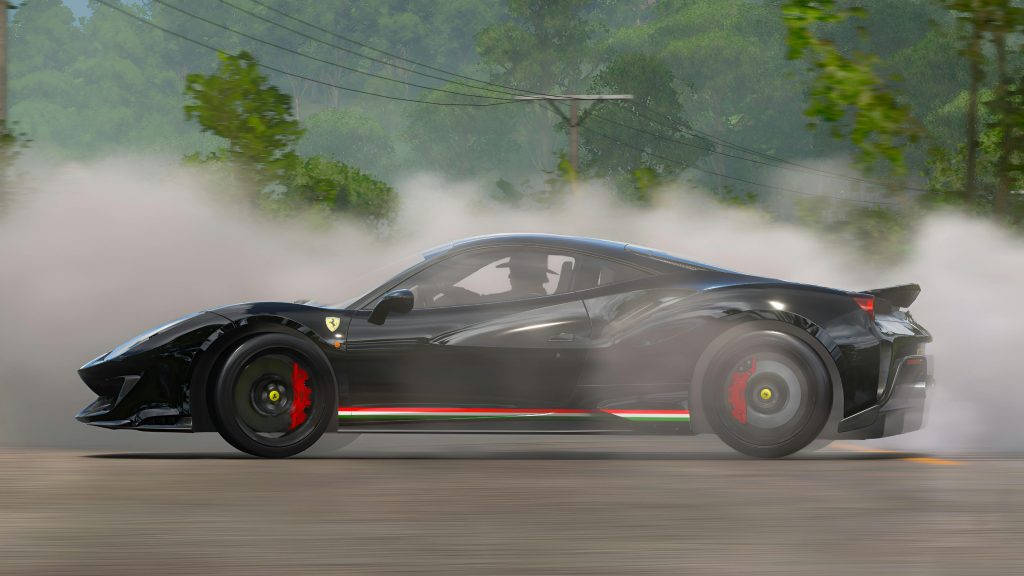
Bloomfield Hills & Bloomfield Township: The Grand Spectacle and Serene Setting
As the cruise’s journey continues north from the bustling streets of Birmingham, the landscape undergoes another distinct shift. The urban core gives way to wide boulevards, meticulously manicured lawns, and grand residential properties that define Bloomfield Hills and Bloomfield Township. This serene backdrop provides a unique and beautiful stage for the rolling parade, creating an atmosphere that is both grand and understated. Here, the spectacle is less about the crowded sidewalks and more about the quality and rarity of the vehicles.
The cars that frequent this stretch of Woodward are often some of the most exclusive and expensive in the entire event. It’s a place where you’re just as likely to see a pristine, vintage Ferrari as you are a classic Corvette. The grand estates and lush greenery serve as a breathtaking backdrop for everything from beautifully restored Duesenbergs and Packards to sleek, modern supercars. The sheer volume of high-end vehicles in this portion of the route is a testament to the fact that the Dream Cruise is not just a celebration of American muscle, but of automotive excellence in all its forms.
While there are fewer official, large-scale events in this area, the Bloomfield Township Classic Car Show is a notable exception. Hosted at the scenic Kirk in the Hills Presbyterian Church, the show offers a picturesque backdrop for some of the most beautiful and unique vehicles on the road. The atmosphere here is one of peaceful appreciation, with spectators often enjoying the view from their private lawns and strategically placed chairs. The scene is quiet, dignified, and filled with a sense of genuine admiration for the cars’ craftsmanship and history. This part of the cruise, for many, is a chance to escape the more frenetic energy of the southern cities and simply bask in the beauty of the vehicles and the surrounding landscape.
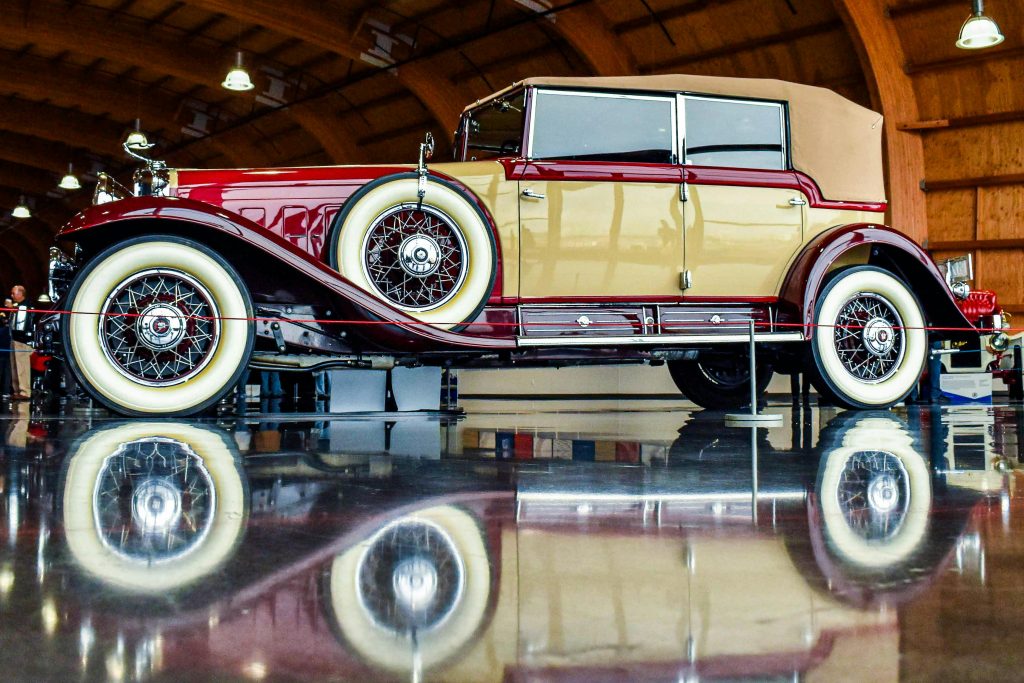
Pontiac: The Northern Destination and a City Reborn
The Woodward Dream Cruise’s journey officially concludes in Pontiac, a city with a name and a history inextricably linked to the automobile. For decades, Pontiac was a bastion of General Motors production, home to the Oakland Motor Car Company and later the very plants that churned out the iconic Pontiac brand, from the GTO to the Firebird. The city itself was named after the famous Odawa chief, and the car brand was named after the city where it was produced. After a period of economic hardship following the decline of the auto industry, Pontiac has experienced a revitalization, and its role in the Dream Cruise has become more significant than ever, symbolizing a city’s resurgence.
Pontiac has fully embraced its role as the northern gateway and a key destination for the cruise. Its downtown area hosts a significant number of events and has become a lively hub for celebration. The city’s crown jewel for the cruise, however, is undoubtedly the M1 Concourse. This 87-acre, high-end private automotive facility has become a major hub for the Dream Cruise, hosting exclusive shows and drawing car lovers to the northern end of the route.
The M1 Concourse, a “playground for auto enthusiasts,” is a perfect metaphor for the Dream Cruise’s evolution. It’s a space where a passion for cars is celebrated not just through history, but through performance and community. Led by CEO Tim McGrane, M1 Concourse’s mission is to be a world-class events destination. It hosts the “Woodward Dream Festival,” a major ticketed event featuring a curated show of hundreds of cars, live music, and food trucks. It’s an opportunity for car enthusiasts to experience the cruise from a different perspective, with the added benefit of a controlled, premium environment. A search result mentioned a celebration for the GTO’s 60th anniversary being held at M1 Concourse, highlighting its role in honoring specific milestones in car history. The facility’s presence and its popular events, like the monthly “Cars & Coffee” gatherings, have cemented Pontiac’s position as a forward-looking city that honors its past while building a new future.
The city also boasts the Pontiac Transportation Museum, which is in the process of being established to showcase the vehicles and legacy of the area. This museum, along with the M1 Concourse, solidifies Pontiac’s standing as a hub for both the history and the future of the automobile. The city’s participation brings the celebration full circle, returning the energy to a place that has always been at the heart of Oakland County’s automotive legacy.

The Unofficial Cities and Landmarks
While the official cruise route is meticulously managed by nine communities, its influence extends beyond their borders. The Woodward corridor runs through several more areas that unofficially participate in their own unique ways, a testament to the event’s powerful draw.
- Detroit: The southernmost portion of Woodward in Detroit, while not part of the official cruise, still sees its share of activity. Some cruisers venture down this part of the historic roadway, past iconic landmarks like the Detroit Institute of Arts and the Detroit Historical Museum. It’s a quiet nod to the history of the city, a chance to take in the architecture and the memories of a bygone era.
- Troy: A few miles north of Pontiac, the cruising continues. A dedicated community of car enthusiasts continues the parade well past the official end point, extending the celebration for a few extra miles. This unofficial extension is a powerful symbol of the passion that drives the cruise, a passion that cannot be contained by city limits or official rules.
This concludes the city-by-city deep dive of Section 2. The next part will focus on the logistical and economic machinery that makes this immense event possible.
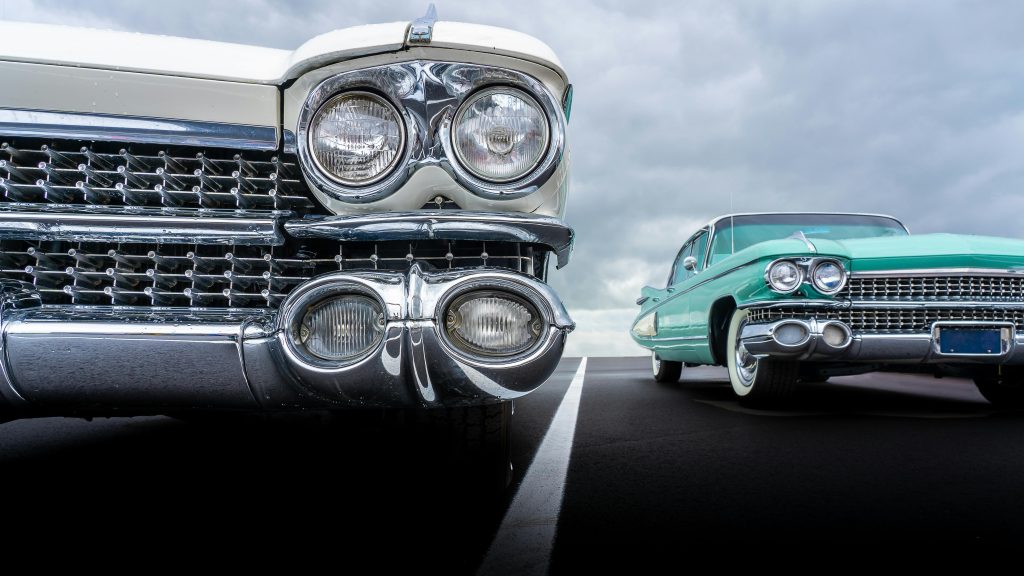
The Unseen Force: Logistics, Public Safety, and The Backbone of the Cruise
The rolling spectacle of the Woodward Dream Cruise is a masterpiece of community and passion, but beneath the gleaming chrome and the roaring engines lies a complex logistical and security operation that is nothing short of a miracle. To the casual observer, the event appears to be a spontaneous, chaotic celebration. In reality, it is a meticulously planned and flawlessly executed operation that requires the collaboration of hundreds of individuals and multiple government agencies. An event that draws over a million people into a tight, 16-mile corridor requires an almost military-level of precision to ensure public safety and an enjoyable experience for all.
The logistical planning begins months, sometimes a full year, in advance. An interdisciplinary committee of representatives from the nine participating communities meets regularly to coordinate every aspect of the event. This includes police, fire, public service, communications, and recreation departments. They work together to plan for every conceivable “what-if” scenario, from managing a large-scale car accident to addressing a medical emergency in a crowded area. Their goal is not just to manage the chaos, but to anticipate it, providing a safe environment for the celebration to thrive.
Public safety is the number one priority. Law enforcement agencies from across Oakland County—including the Oakland County Sheriff’s Office, the Michigan State Police, and the police departments of each participating city—work together in a unified command structure. As Oakland County Sheriff Michael Bouchard has stated, the security presence is comprehensive: “There’ll be drones, there’ll be helicopters, there’ll be dogs, cars, motorcycles, horses, bikes, pedestrian patrols. Everything you can imagine will be out there to keep the event safe and fun.” This year, in a significant step forward for public safety, authorities have deployed 18 “Clearview Towers” with advanced AI technology to monitor crowds and traffic flow, with a new joint operations center in Royal Oak to coordinate the efforts. These technological advancements demonstrate how the cruise, while rooted in nostalgia, is continually adapting to modern challenges.
Beyond public safety, the logistical challenges are immense. The sheer volume of people necessitates thousands of portable restrooms, a constant effort to manage trash and keep the streets clean, and the strategic placement of emergency medical personnel. Traffic management is another monumental task. While Woodward Avenue is a state highway, and is not officially closed, law enforcement carefully manages the traffic flow to prevent gridlock. They ensure that non-classic cars stay out of the two curb lanes to allow cruisers a smooth path. The dedicated work of hundreds of volunteers, who assist with everything from parking to giving directions, is the human face of this logistical operation, embodying the spirit of community that defines the cruise.
 |
 |
 |
The Economic Engine: A Financial Boon for Metro Detroit
While the Dream Cruise is a celebration of history and culture, it is also a powerful economic engine for the Metro Detroit area. What began as a humble fundraiser for a soccer field now generates an estimated $56 million in economic impact annually. This revenue is a vital shot in the arm for local businesses and a testament to the event’s widespread appeal.
The economic benefits are most visible on a local level. For businesses located directly on the Woodward corridor, the cruise weekend is often their single busiest day of the year. Restaurants, like Duggan’s Irish Pub in Royal Oak and Hunter House Hamburgers in Birmingham, see a massive surge in sales. Businesses along the route prepare for months, stocking up on food, drinks, and merchandise to meet the demand of the millions of visitors. For some, the revenue generated during the cruise can be so significant that it helps them through slower parts of the year. The cruise also provides a powerful boost to local service-based businesses like hotels, which are often booked solid for the weekend, and gas stations, which see a spike in fuel sales from cruisers traveling from across the country.
The economic impact extends far beyond the sales of food and beverages. The cruise generates significant tax revenue for the participating cities, which helps fund community services. It also drives tourism, putting Metro Detroit on the map as a global destination for automotive enthusiasts. Visitors from as far away as Australia and Japan travel to participate, staying in hotels, eating in restaurants, and spending money in a wide range of local businesses. The event’s financial success has helped to solidify its place in the community, providing a powerful incentive for cities and corporations alike to continue their support. Corporate sponsors, like Ziebart, see the cruise as a way to connect with a deeply passionate and loyal customer base. The financial success of the event is a powerful symbol of Detroit’s ongoing economic revitalization and the enduring global interest in its unique car culture.
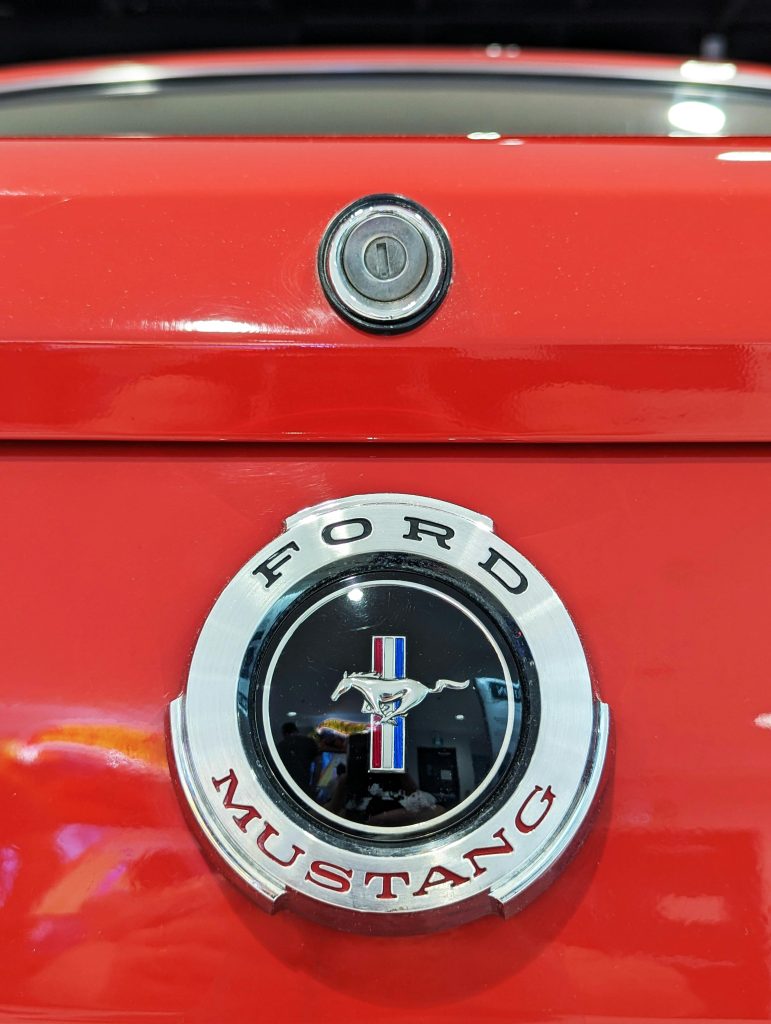 |
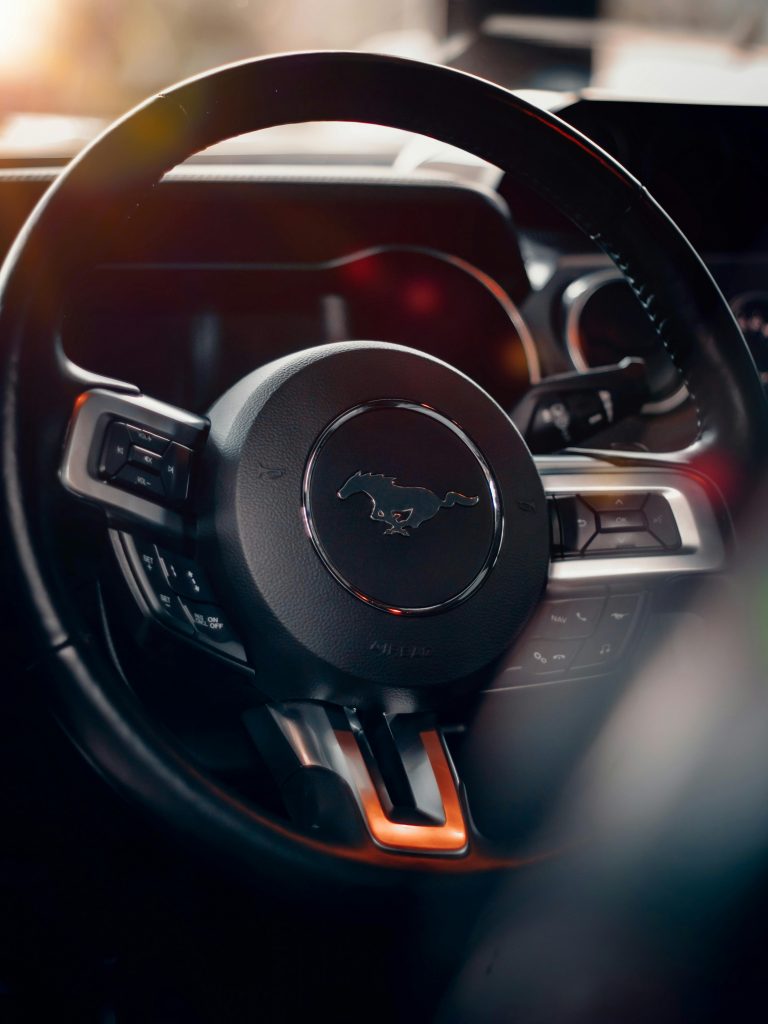 |
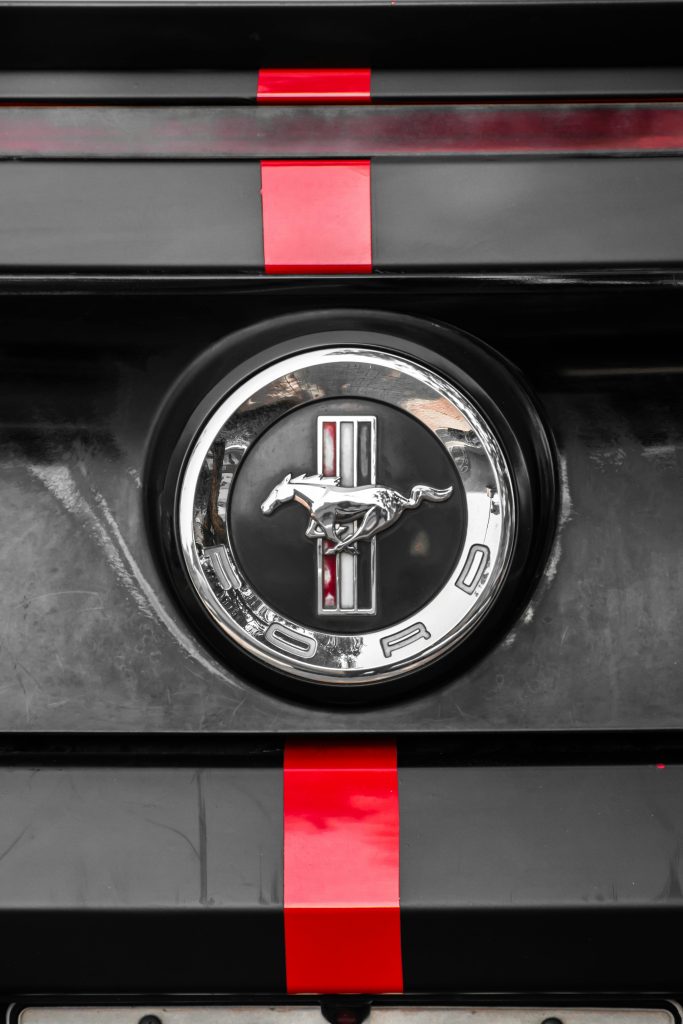 |
Section 3: A 30-Year Legacy – From Local Event to Global Icon | From Rust Belt to Rolling History
The Woodward Dream Cruise has officially been a part of the Metro Detroit landscape for three decades. What began as a humble community fundraiser has evolved into a global phenomenon, and its legacy extends far beyond a single day of celebration. The cruise has become a powerful symbol of Detroit’s resilience, a catalyst for economic revitalization, and a unifying force that bridges generational and cultural divides.
The Cultural Shift: Redefining Detroit’s Narrative
For many years, Detroit was synonymous with the term “Rust Belt.” The narrative was often one of industrial decline, urban decay, and economic hardship. The Woodward Dream Cruise, however, has been instrumental in flipping that script. It presented a new image of the Motor City—one of passionate enthusiasts, vibrant community, and an unshakeable connection to its glorious automotive past.
The cruise reminds the world that Detroit is not just a place where cars were once built, but a city where car culture is a living, breathing part of its identity. The event’s ability to draw over a million people from across the globe demonstrates a cultural pull that is still very much alive. The Detroit Historical Society highlights this impact, noting that the cruise garners “extensive coverage in the local media as well as nationally, highlighting Detroit and its major export, the automobile.” This media exposure serves as a yearly reminder that the city’s automotive DNA is a source of pride, not a relic of the past. The cruise has made Detroit cool again, transforming Woodward Avenue into an iconic stage where nostalgia and innovation meet.
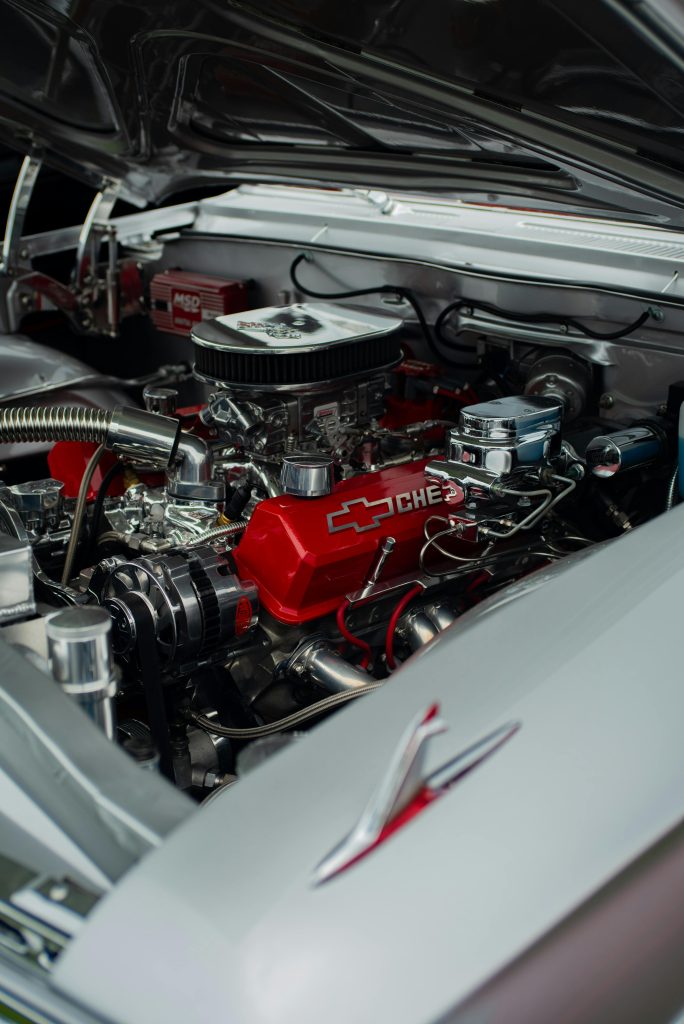
A Family Affair: The Generational and Social Impact
The Dream Cruise is more than just a car show; it is a profound social event that connects people across generations. For many Metro Detroit families, attending the cruise has become an annual rite of passage, a tradition passed down from parents to children. It is a place where grandparents can show their grandchildren the cars they drove in their youth, sharing stories and memories with a backdrop of roaring engines and gleaming paint.
Michael Lary, the president of the Woodward Dream Cruise, captured this sentiment perfectly in a press release, stating, “This is about connection with family and friends.” He added, “We invite everyone to come out and be part of this historic 30 year celebration.” The cruise is a living photo album of America’s automotive history, and for families, it’s a chance to add their own chapters to the story.
An article from The Autopian beautifully articulated the inclusive, “egalitarian spirit” of the event. The author observed that the crowd is “super diverse in age, sex, race, income – whatever. This big slice of humanity all loves cars, which is an awesome sight to see.” This diversity is a key part of the cruise’s magic. It’s a place where everyone is welcome, regardless of the car they drive, or even if they don’t drive one at all. It’s a testament to the power of a shared passion to bring people together in a way that few other events can.
 |
 |
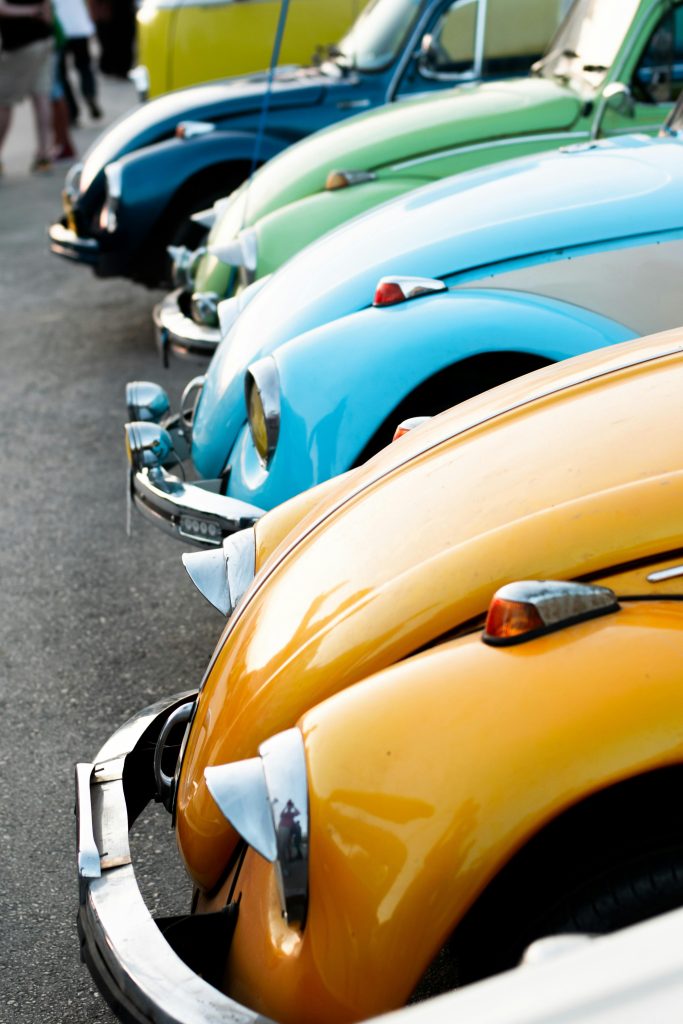 |
The Economic Engine: A 30-Year Financial Boon
The economic impact of the Woodward Dream Cruise cannot be overstated. A simple fundraiser for a soccer field has grown into an economic powerhouse, generating tens of millions of dollars for the local economy each year. The revenue stream is a vital shot in the arm for small businesses along the Woodward corridor and a major boost to the region’s tourism industry. The sheer volume of attendees, many of whom travel from other states and countries, fuels hotels, restaurants, and retail shops for weeks before and after the main event.
A report on the cruise from Nino Salvaggio’s confirms its global reach and financial power: “Today, the Woodward Dream Cruise draws over 1 million people and visitors from more than 40 countries, making it the largest single-day automotive event in the world. The economic impact is huge—tens of millions of dollars flow into local communities through hotels, restaurants, and shops.” This consistent influx of tourism dollars has been a key factor in the economic health of the communities that participate. The event has also become a major platform for corporate sponsors, with automakers like Ford, GM, and Stellantis using the cruise to showcase new models and connect with a deeply loyal customer base.
Challenges and Adaptations: A Resilient Tradition
The Woodward Dream Cruise’s three-decade history is not without its challenges. The event’s massive popularity, while its greatest strength, has also created significant logistical hurdles that organizers and local communities have had to manage and overcome. The challenges range from a heavy police presence to manage safety and traffic, to navigating the unprecedented circumstances of a global pandemic, and more recently, adapting to the shifting landscape of the automotive industry itself with the advent of electric vehicles.
Traffic management, in particular, has always been a primary concern. The sheer volume of cars and spectators means that a drive that would normally take minutes can stretch for hours. An article in Hagerty Media noted this challenge, pointing out that “driving a mile can take 30 minutes” during the cruise. Law enforcement agencies along the 16-mile route have had to continuously adapt their strategies, employing an array of resources from new high-tech cameras and AI-powered surveillance to drones, helicopters, and a large number of pedestrian patrols. The Oakland County Sheriff’s office, for example, has deployed “new high-tech cameras to enhance security” and a joint operations center to manage the crowds and traffic flow, as reported by ClickOnDetroit. These measures are a far cry from the first cruise, where the event’s grassroots nature meant little formal planning for crowd control.
Perhaps the greatest test of the cruise’s resilience came in 2020 with the onset of the COVID-19 pandemic. For the first time in its history, the Woodward Dream Cruise was officially canceled. Michael Lary, the board president, stated at the time that while organizers were “deeply saddened,” they knew it was “in the greater public’s best interest to keep everyone safe and healthy.” However, the cancellation demonstrated the true power of the cruise’s informal, community-driven spirit. Even without an official event, thousands of cruisers still took to Woodward Avenue, in what became a massive, albeit smaller, unofficial gathering. This spontaneous display of passion underscored a core truth of the cruise: it’s not a committee that drives the event, but the collective desire of a community to cruise.
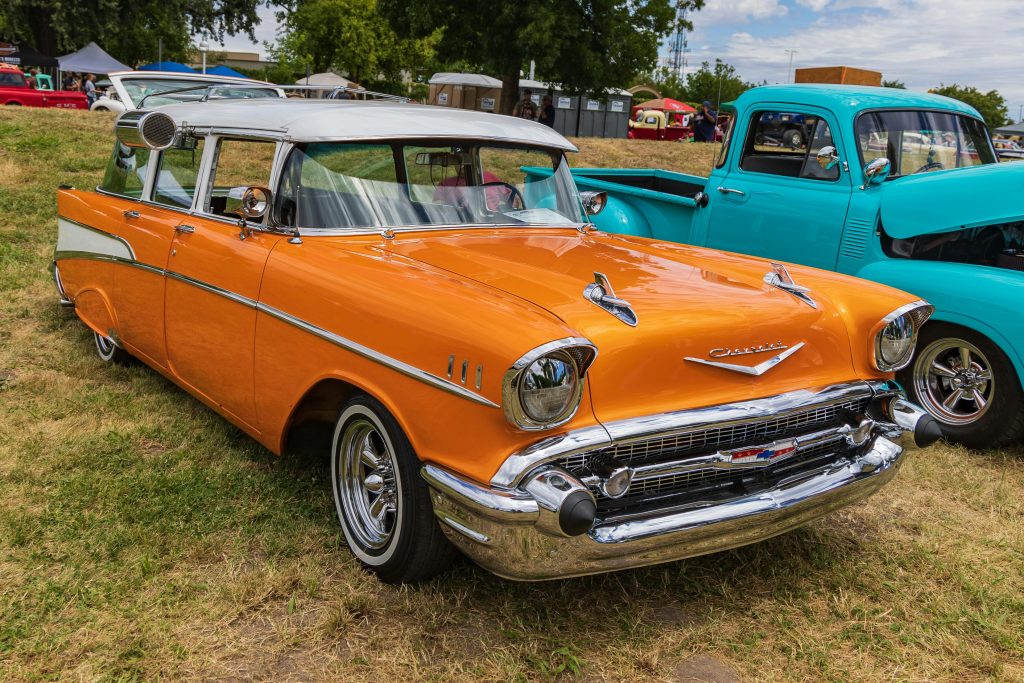
Embracing the Future: The Clean Cruise and a New Era
In recent years, the Dream Cruise has had to confront a new kind of challenge: the automotive industry’s shift towards electric vehicles (EVs). For an event dedicated to the internal combustion engine and the muscle cars of a bygone era, the rise of silent, battery-powered vehicles might seem like a threat. Instead, the organizers and local communities have embraced it, creating new avenues for the next generation of cruisers.
The most notable example is the “Clean Cruise,” a separate, but parallel, event that showcases electric vehicles. This event, supported by organizations like the Michigan Electric Vehicle Alliance, aims to bridge the gap between traditional car culture and the future of automotive technology. Organizers see it as an opportunity for education and outreach. As Amy Rogghe from the Michigan Electric Vehicle Alliance explained, the goal is to “tell the truth, dispel myths, and show people how awesome it is to own” an EV. The Clean Cruise is a gathering where EV owners can share their experiences, from range and battery life to tax credits and charging station etiquette. It is a modern-day take on the classic drive-in, where enthusiasts gather not to debate horsepower and torque, but to discuss the latest in sustainable technology.
A Bridge Michigan article perfectly captured the dual nature of the events, with an organizer stating, “The Dream Cruise is the history of cars. We are the future of cars.” This approach ensures that the Woodward Dream Cruise, as a brand, remains relevant. By celebrating both the chrome-laden past and the sleek, technologically advanced future, the event solidifies its place as a comprehensive celebration of all things automotive. It proves that the passion for cars is not fading; it’s simply evolving, ensuring that the legacy of the Woodward Dream Cruise will continue for many years to come. The Enduring Legacy: A Culture of “Living and Reliving History”
Thirty years after that first unexpected Saturday in 1995, the Woodward Dream Cruise’s legacy has been cemented not only in local lore but in the broader American cultural consciousness. The event is no longer just a throwback; it has become an annual reaffirmation of a deep-seated passion for the automobile and a celebration of the unique culture that defined Metro Detroit for decades. It is a time for people to stop, look, and listen to the stories told through chrome and steel. As Lou Samson, a longtime resident of Clawson, eloquently put it in an interview, the cruise is “a little about showing off but more about living and reliving history.” This sentiment gets to the heart of the event’s enduring power.
The cruise’s influence extends beyond Woodward Avenue. It has served as a blueprint for similar car events across the United States, demonstrating that there is a massive appetite for grassroots, community-focused automotive celebrations. But none have been able to replicate the authentic magic of the Woodward cruise, likely because none have the same rich, multi-generational history. Woodward Avenue is a place where every burnout, every rev of an engine, and every classic car on display is a direct link to a past that shaped the entire region.
The event’s success has also drawn major corporate sponsors, who see it as an invaluable opportunity to connect with a passionate and dedicated audience. Thomas A. Wolfe, president and CEO of Ziebart, a presenting sponsor, called the cruise “more than just an event; it’s a celebration of automotive history and passion.” He added that the company was “thrilled to partner with an event that shares our love for cars and dedication to preserving their beauty and performance.” This kind of corporate endorsement underscores the cruise’s status as a major cultural and economic force, one that successfully balances its humble origins with its modern, polished presentation.
 |
 |
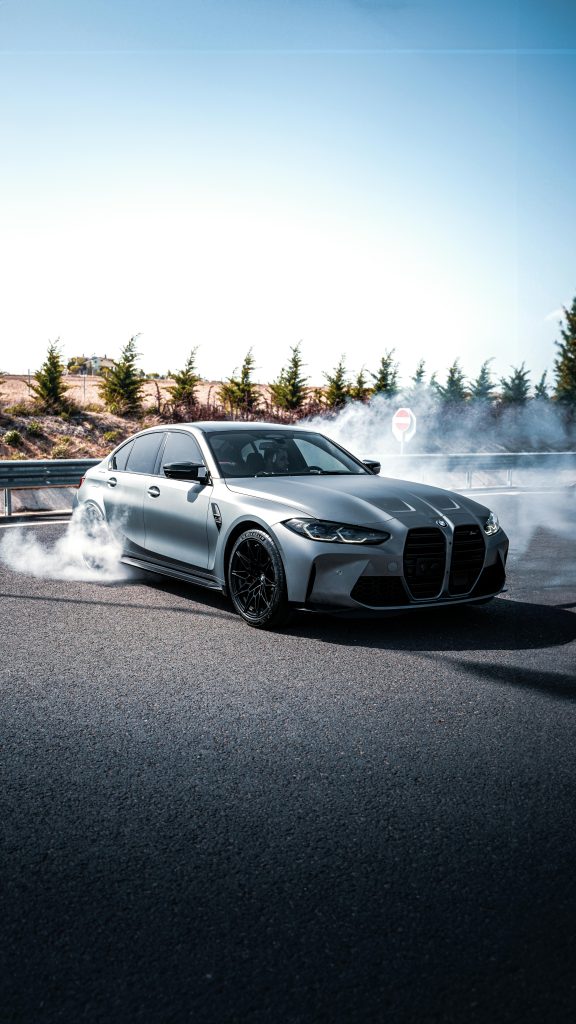 |
The Future of the Cruise: A Rolling Museum in Perpetual Motion
Looking ahead, the Woodward Dream Cruise is poised to continue its remarkable legacy. The event’s ability to adapt to modern challenges, from the COVID-19 pandemic to the rise of electric vehicles, demonstrates a flexibility that will ensure its longevity. The inclusion of the “Clean Cruise” is not just a nod to new technology; it is a strategic move to ensure that the event remains relevant and inclusive for the next generation of car enthusiasts. The future of the cruise is likely to be a dynamic mix of the old and the new, a place where a beautifully restored ’69 Camaro can share the spotlight with a cutting-edge electric Mustang.
The long-term projections for the cruise are as impressive as its past. The Oakland County Times has noted that the event now rivals some of the largest festivals in the country, attracting nearly two million people, a number that surpasses Mardi Gras and Coachella. The projected economic impact for the 2025 event alone is over $300 million, according to data from PredictHQ. These numbers suggest that the cruise has not only endured but has grown into a major economic pillar for the region.
The Woodward Dream Cruise is more than just a parade of cars; it is a testament to the enduring power of community, nostalgia, and a shared love for the automobile. It has helped redefine a region, created a new kind of social tradition, and demonstrated that some traditions, if built on a foundation of genuine passion, are capable of transcending time itself.
The following video provides an in-depth look at how the Woodward Dream Cruise has evolved over its 30-year history. Celebrating 30 years of the Woodward Dream Cruise with a classic throwback.
 |
 |
 |
Section 4: The Cultural Landscape – Cruising in the Digital Age
The Woodward Dream Cruise was born in the 1990s, an era defined by dial-up internet and a burgeoning digital world that was still far from mainstream. The first cruise’s “marketing” was grassroots, relying on fliers and word-of-mouth. Today, thirty years later, the event exists in a completely different cultural landscape. The Woodward Dream Cruise has not only survived the digital revolution but has embraced it, leveraging technology to amplify its reach, evolve its format, and connect a new generation of enthusiasts to a timeless tradition. The cultural landscape of cruising has become a vibrant blend of historical nostalgia and modern connectivity.
The Digital Transformation: From Fliers to Viral Videos
The most significant change to the Dream Cruise in the 21st century is its move to the digital sphere. What was once a local phenomenon, covered by local news, is now a global event live-streamed, hashtagged, and shared across countless platforms. Social media has become the new Woodward Avenue for enthusiasts who can’t be there in person. Instagram and TikTok are filled with short, punchy videos of burnouts, revving engines, and close-ups of pristine chrome. Dedicated hashtags like #WoodwardDreamCruise and #DreamCruise allow attendees to share their experiences in real time, turning the 16-mile route into a digital canvas of automotive passion.
The way people consume the cruise has been fundamentally altered. For those who cannot attend, live broadcasts from local media like WXYZ and live streams from automotive YouTubers provide a front-row seat to the action. Channels like TheHoonigans, for example, have brought their signature style of car-centric content to the Dream Cruise, capturing the raw energy and camaraderie of the event for a global audience. This professional-grade coverage, alongside a deluge of amateur content, has created a perpetual, online version of the cruise, ensuring its influence extends far beyond the third Saturday in August.
Organizers have also embraced this digital transformation. An official Woodward Corner Market “Social Media Challenge” for vendors demonstrates how the cruise is integrating new ways to engage with its audience and sponsors. Corporate sponsors and car clubs use social media to announce their participation and generate buzz in the weeks leading up to the event, effectively extending the cruise’s “official” duration far beyond a single Saturday. This digital presence has turned the cruise into a continuous conversation, making it more accessible and dynamic than ever
before.
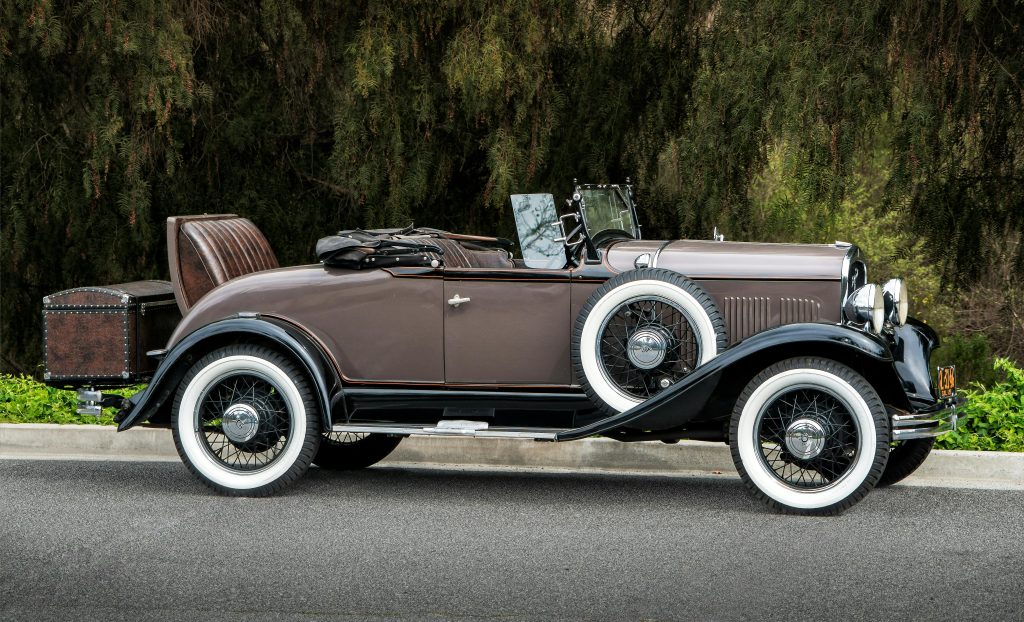
Beyond the Main Event: A Week of Ancillary Celebrations
The Woodward Dream Cruise has grown far beyond a single-day event. While the official cruise still takes place on the third Saturday in August, the reality is that the festivities begin much earlier. The search results confirm that “unofficial cruising and viewing starts weeks earlier” and that “ancillary events are scheduled in the sponsoring communities.” This has transformed the cruise from a 12-hour event into a week-long festival of car culture.
Specific examples of these ancillary events include:
- The M1 Concourse Woodward Dream Festival: This event has become a major highlight, offering a dedicated space for classic cars, food trucks, and live music. It provides a more curated experience for families and serious enthusiasts who want to get up close to the cars without the traffic of Woodward Avenue. The 2025 event, as reported by Visit Detroit, even includes a special tribute to the legendary singer Martha Reeves.
- Ferndale’s Emergency Vehicle Show and “Lights & Sirens Cruise Parade”: Ferndale, the birthplace of the cruise, has leaned into its history by hosting a special parade of emergency vehicles, adding a unique, family-friendly element to the celebrations.
- Charity Events and Car Club Gatherings: Numerous local car clubs host their own events and meetups throughout the week, often as fundraisers for local charities. These smaller, more intimate gatherings are a testament to the community-driven spirit that birthed the cruise in the first place. The money raised from these events provides a significant boost to local non-profits, further cementing the cruise’s role as a force for good in the community.
This week-long schedule of events has created a vibrant, festival-like atmosphere. It allows attendees to pick and choose the events that most appeal to them, from the intense, bumper-to-bumper action on Woodward to a more relaxed gathering in a park. This flexibility and variety are key to the cruise’s continued growth and appeal.
 |
 |
 |
The Evolving Car: Restomods and EVs
While the heart of the Dream Cruise remains the classic muscle cars of the ’50s, ’60s, and ’70s, the car lineup has evolved significantly. The rise of “restomods”—restored vintage cars with modern technology and powerplants—is a key trend. A Street Muscle article highlighted this, showcasing a “pro-street AMC Pacer wagon” with an “LS engine” under the hood. This blending of classic aesthetics with modern performance technology reflects a new kind of gearhead, one who respects history but also craves modern power and reliability.
The cruise has also had to grapple with the rise of electric vehicles (EVs). Instead of resisting the change, the event has embraced it. The “Clean Cruise” is a separate but parallel event that allows EV enthusiasts to participate, showcasing their vehicles and educating the public. As Amy Rogghe from the Michigan Electric Vehicle Alliance stated, the goal is to “tell the truth, dispel myths, and show people how awesome it is to own” an EV. This forward-thinking approach ensures that the Woodward Dream Cruise remains a relevant celebration of all things automotive, from the past to the future.
The Evolving Audience and the Future of Cruising
The audience of the Woodward Dream Cruise has also changed. While many attendees are lifelong residents with deep family ties to the event, a new generation is discovering it through online platforms. This new audience is drawn to the nostalgia and the aesthetic of classic cars, often fueled by online communities and influencers. The cruise has become a place where this new generation can connect with the physical world of car culture, learning from older enthusiasts and sharing their passion in a way that blends the digital and the real.
The cruise has always been about more than just cars. It’s about community, history, and a shared love for the open road. As the automotive world continues to evolve, the Woodward Dream Cruise will undoubtedly continue to adapt, proving that the tradition of cruising, in one form or another, is here to stay.
The Digital Transformation: The Rise of the Virtual Cruiser
The Woodward Dream Cruise has always been a spectacle of motion, a physical manifestation of car culture. In the digital age, that motion has been extended, replicated, and amplified across the world. The event’s online presence is a rich, multi-layered tapestry of professional content, fan-generated media, and official communication. For the organizers and the communities along Woodward, social media is no longer an afterthought; it is an essential tool for management, promotion, and brand building.
Automotive influencers and content creators play a pivotal role in this digital ecosystem. They descend upon the cruise not just to participate, but to capture its essence for their global audiences. Channels like TheHoonigans, for example, have produced videos showcasing their experience at the cruise, often with a unique twist. In one instance, they bought a $3,500 Oldsmobile to “cruise” in, a move that captured the lighthearted, accessible spirit of the event while exposing it to millions of new viewers. These videos, rich with high-energy editing, engaging hosts, and a focus on the raw, unfiltered moments of the cruise—from burnouts to impromptu interviews with car owners—have become a key part of the cruise’s modern identity.
But the digital landscape is not just for professionals. The average attendee, with a smartphone in hand, is a content creator, live streamer, and online ambassador for the cruise. A quick search of the official hashtags on Instagram or TikTok reveals a torrent of fan-generated content, from beautifully shot photos of classic cars at sunset to shaky, exhilarating videos of a revving engine. This grassroots digital activity is a powerful force, creating an online community that feels just as vibrant and democratic as the physical one on Woodward Avenue. The official Woodward Dream Cruise website and social media channels act as a hub for this digital activity, curating the best content, providing official schedules, and issuing real-time safety updates.

The Anatomy of a Week-Long Festival
The one-day event of 1995 has transformed into a week-long festival, a testament to its cultural significance and economic power. The official cruise on Saturday is now the grand finale of a series of events and gatherings that begin days, and sometimes weeks, in advance. This extended schedule caters to a wider audience and allows communities to host their own unique celebrations.
The M1 Concourse in Pontiac has emerged as a premier destination for these ancillary events. The “M1 Concourse Woodward Dream Festival,” as reported by Visit Detroit, features not only hundreds of cars on display but also live entertainment, family-friendly activities, and food trucks. This venue, with its controlled environment, offers a different, more relaxed experience than the unpredictable nature of cruising on Woodward. It’s a place for deep dives into automotive history, with curated displays and special guests. The 2025 event, for example, even included a tribute to legendary Motown singer Martha Reeves, highlighting the cruise’s deep connection to Detroit’s broader cultural heritage.
Beyond the official events, the unofficial cruising has become a tradition in its own right. Car enthusiasts and club members start gathering on Woodward Avenue and in the surrounding communities as early as Tuesday of cruise week. The cruising is often slower-paced, allowing for more conversation and camaraderie. These gatherings, often informal and spontaneously organized, are a throwback to the original cruising scene of the 1950s and 60s. They are where the true spirit of the cruise lives—a low-pressure environment where people can simply enjoy their cars and each other’s company. Local businesses, from independent restaurants to gas stations, capitalize on this extended schedule, offering specials and hosting their own mini-events to cater to the early bird crowds.

The Evolving Machines: From Authentic to “Restomod”
The Woodward Dream Cruise has always been a showcase of automotive history, but the definition of what constitutes a “cruise car” has evolved. While the pristine, numbers-matching classics of the 1950s and ’60s still form the backbone of the event, they now share the asphalt with a new breed of vehicles that blend history with cutting-edge technology. This is the era of the “restomod,” a term that signifies a car with the body and soul of a classic but the guts of a modern performance vehicle.
Restomod culture is thriving on Woodward. These vehicles are a testament to a new generation of builders who are not afraid to reinterpret automotive history. A classic muscle car body might conceal a modern, high-horsepower engine, a state-of-the-art suspension system, and even a touchscreen infotainment system. As an article in Autoweek detailed, a prime example is a “restomod” Hellvedere, a 1966 Plymouth Belvedere that has been painstakingly restored with a modern, 707-horsepower Hellcat V8 engine under the hood. This powerful blending of old and new allows owners to enjoy the aesthetics of a classic while benefiting from the performance and reliability of a modern car.
This trend is not limited to backyard mechanics. Major automakers are also getting in on the act, bridging the gap between their heritage and their current offerings. The cruise has become a key marketing opportunity for them to show how their new vehicles, like the latest generation of the Mustang, Camaro, and Challenger, pay homage to their predecessors. A Le Guide de l’auto article noted that the cruise is where Dodge has used the event to “show off some of their newest vehicles,” a tradition that once revealed the 707-horsepower Charger and Challenger SRT Hellcat models. This use of the cruise as a marketing platform solidifies its importance not just as a cultural event, but as a key date on the automotive industry’s calendar.
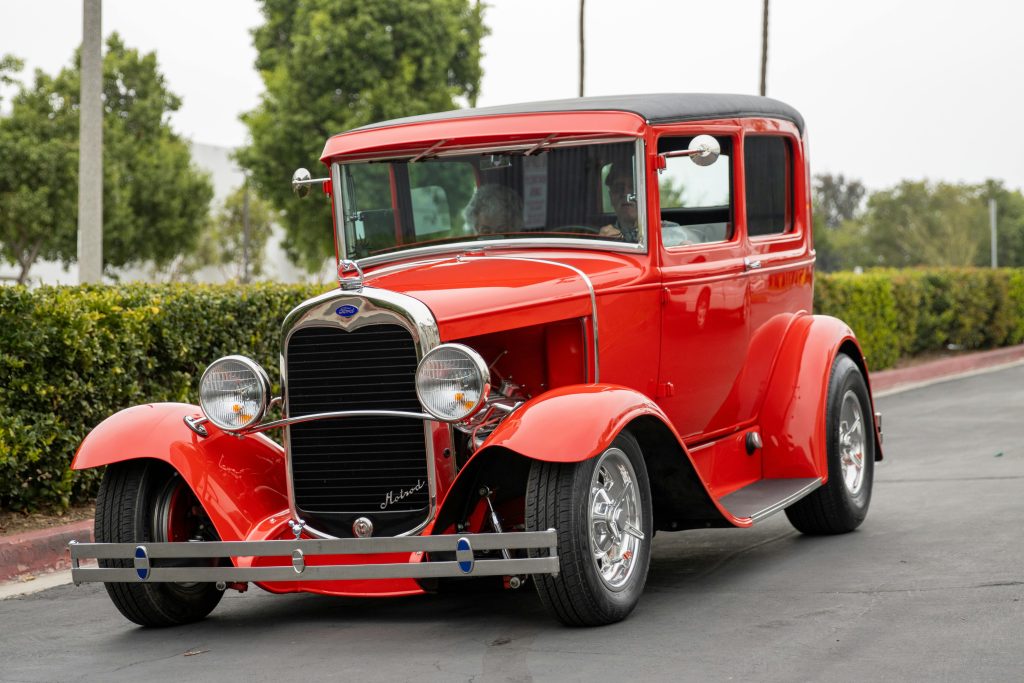
The Next Generation of Cruisers: A Diverse and Connected Community
The Woodward Dream Cruise’s audience is as diverse as the cars it celebrates. While it remains a cherished tradition for baby boomers and Generation X, the event has successfully attracted a new generation of cruisers who are bringing their own unique passions to the mix. These younger enthusiasts are not just inheriting a love for classic American muscle; they are also bringing a newfound appreciation for imports, tuner cars, and the vehicles of their own youth.
The definition of a “classic” car has also changed with time. While a 1957 Chevrolet Bel Air will always be a cornerstone of the event, Michigan’s definition of a “classic” car is anything 26 years or older. This subtle shift has allowed the cruise to embrace a new era of vehicles, including the iconic Japanese sports cars of the 1990s and even the early SUVs of the 2000s. This inclusivity has fostered a more diverse and welcoming atmosphere. As a Jalopnik article noted, the cruise has become a place where “millennials” are “out in force” with their own classic cars, from “late ’90s Mustangs” to Japanese imports, celebrating the vehicles they grew up with.
This new generation is also changing how the cruise is experienced. They are not just spectators; they are active participants, using social media to connect with other enthusiasts, share photos and videos, and even live-stream their entire cruising experience. They are drawn to the community and the shared passion for automotive culture, but they are experiencing it through a digital lens that adds a new dimension to the tradition. The Woodward Dream Cruise, therefore, is not just a museum of automotive history; it is a living, evolving organism that reflects the changing tastes and technologies of each new generation.

The Evolving Machines: From Authentic to “Restomod” and Beyond
The Woodward Dream Cruise has always been a showcase of automotive history, but the definition of what constitutes a “cruise car” has evolved. While the pristine, numbers-matching classics of the 1950s and ’60s still form the backbone of the event, they now share the asphalt with a new breed of vehicles that blend history with cutting-edge technology. This is the era of the “restomod,” a term that signifies a car with the body and soul of a classic but the guts of a modern performance vehicle.
Restomod culture is thriving on Woodward. These vehicles are a testament to a new generation of builders who are not afraid to reinterpret automotive history. A classic muscle car body might conceal a modern, high-horsepower engine, a state-of-the-art suspension system, and even a touchscreen infotainment system. As an article in Autoweek detailed, a prime example is a “restomod” Hellvedere, a 1966 Plymouth Belvedere that has been painstakingly restored with a modern, 707-horsepower Hellcat V8 engine under the hood. This powerful blending of old and new allows owners to enjoy the aesthetics of a classic while benefiting from the performance and reliability of a modern car. Another notable example is the “Shakedown” Challenger, a vintage Dodge Challenger that has been rebuilt with a modern Hemi engine, transforming a classic into a contemporary hot rod.
This trend is not limited to backyard mechanics. Major automakers are also getting in on the act, bridging the gap between their heritage and their current offerings. The cruise has become a key marketing opportunity for them to show how their new vehicles, like the latest generation of the Mustang, Camaro, and Challenger, pay homage to their predecessors. A Le Guide de l’auto article noted that the cruise is where Dodge has used the event to “show off some of their newest vehicles,” a tradition that once revealed the 707-horsepower Charger and Challenger SRT Hellcat models. This use of the cruise as a marketing platform solidifies its importance not just as a cultural event, but as a key date on the automotive industry’s calendar.
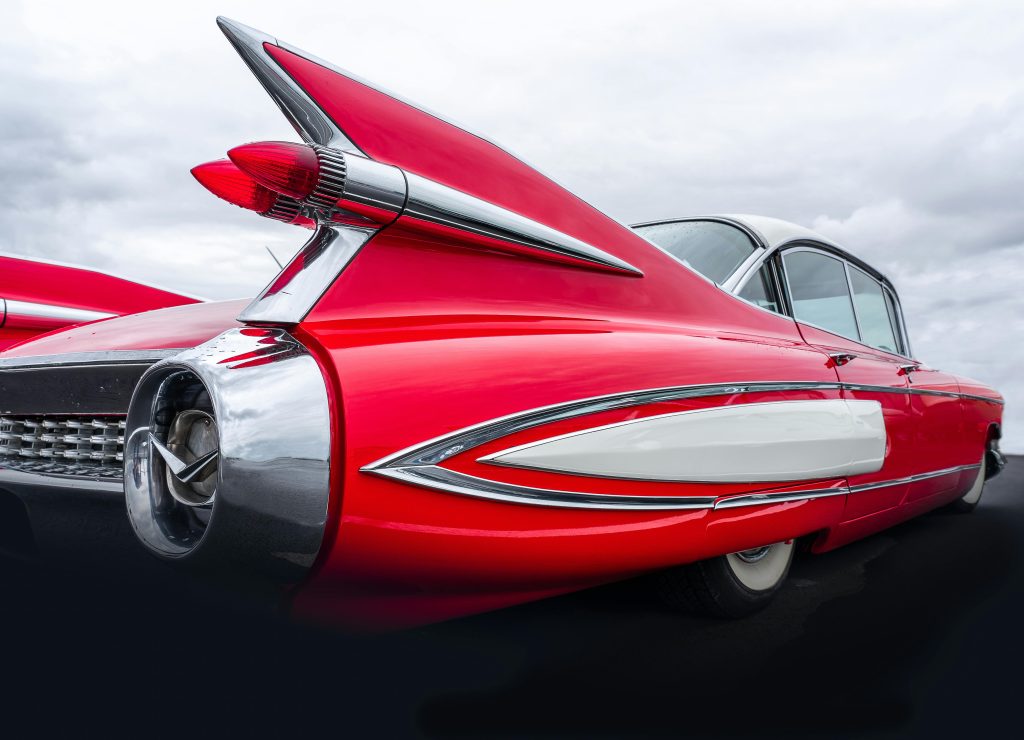
The Next Generation of Cruisers: A Diverse and Connected Community
The Woodward Dream Cruise’s audience is as diverse as the cars it celebrates. While it remains a cherished tradition for baby boomers and Generation X, the event has successfully attracted a new generation of cruisers who are bringing their own unique passions to the mix. These younger enthusiasts are not just inheriting a love for classic American muscle; they are also bringing a newfound appreciation for imports, tuner cars, and the vehicles of their own youth.
The definition of a “classic” car has also changed with time. While a 1957 Chevrolet Bel Air will always be a cornerstone of the event, Michigan’s definition of a “classic” car is anything 26 years or older. This subtle shift has allowed the cruise to embrace a new era of vehicles, including the iconic Japanese sports cars of the 1990s and even the early SUVs of the 2000s. This inclusivity has fostered a more diverse and welcoming atmosphere. As a Jalopnik article noted, the cruise has become a place where “millennials” are “out in force” with their own classic cars, from “late ’90s Mustangs” to Japanese imports, celebrating the vehicles they grew up with. This quote perfectly captures the essence of how the cruise has evolved with its audience.
This new generation is also changing how the cruise is experienced. They are not just spectators; they are active participants, using social media to connect with other enthusiasts, share photos and videos, and even live-stream their entire cruising experience. They are drawn to the community and the shared passion for automotive culture, but they are experiencing it through a digital lens that adds a new dimension to the tradition. The Woodward Dream Cruise, therefore, is not just a museum of automotive history; it is a living, evolving organism that reflects the changing tastes and technologies of each new generation.
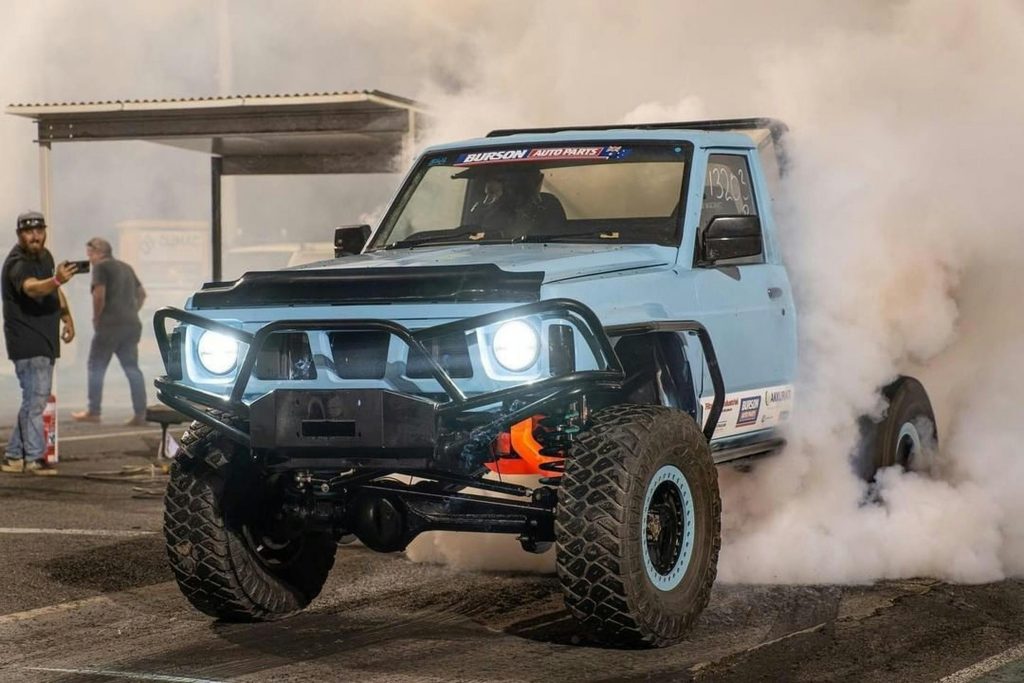
The Economic and Cultural Ripple Effect: Beyond the 16 Miles
The Woodward Dream Cruise’s impact is not confined to the 16-mile stretch of Woodward Avenue. It has a significant economic and cultural ripple effect that reverberates throughout the Metro Detroit area and beyond. The event, which now draws over 1 million people from around the globe, has become a financial flywheel for local businesses, a model for other car-centric events, and a powerful symbol of Detroit’s enduring cultural identity.
Economically, the cruise is a vital boon for the communities along the route and the broader region. A Nino Salvaggio article described the economic impact as “huge,” with “tens of millions of dollars flow[ing] into local communities through hotels, restaurants, and shops.” The unofficial week-long schedule of events has further amplified this effect. Local businesses “gear up” for the influx of visitors, and a wide array of small businesses, from gas stations to restaurants to independent shops, see a significant boost in revenue. The event’s ability to attract visitors from “more than 40 countries” also generates long-term benefits by showcasing the region to a global audience. Michael Lary, the president of the Woodward Dream Cruise, emphasized this point, saying that the cruise is about “connection with family and friends” and that it’s a “beautiful reminder that while the cars rumble, the spirit of togetherness never goes out of style.”
Culturally, the Dream Cruise has become a template for other car events. The search results confirmed that the popular “Cruisin’ Downriver,” an annual event that takes place on Fort Street, was directly “inspired by the Woodward Dream Cruise.” This is a powerful testament to the cruise’s influence. The Downriver cruise, like the unofficial week-long cruising on Woodward, is often an unofficial event, a subtle nod to the grassroots, community-driven spirit that birthed the Dream Cruise. This ripple effect has created a network of car events throughout the state, all of which pay homage to the original tradition of cruising.
The Social Fabric: An Egalitarian Paradise
Beyond the economic statistics and official schedules, the true heart of the Woodward Dream Cruise lies in its unique social fabric. It’s a place where social barriers dissolve and a shared passion for automobiles is the only thing that matters. An article in The Autopian captured this beautifully, calling the cruise a “gearhead paradise.” The article noted that the crowd is “super diverse in age, sex, race, income,” and that it has an “egalitarian” spirit. It’s a place where a McLaren owner can be seen “complimenting a factory worker’s Foxbody Mustang” and where “city folk will be laughing and swapping stories with country folk.”
The friendly, informal atmosphere is a defining characteristic of the event. Despite the immense traffic, the article pointed out that there is a surprising lack of road rage. Instead, there is a palpable sense of community and mutual respect, with people “yield[ing], let[ting] each other in, stop[ping] traffic to help people back in and out of parking spaces.” The article also mentions the spontaneous nature of the cruise, where impromptu races, burnouts, and other “shenanigans” are a common sight, all contributing to the event’s unique and celebratory atmosphere. This raw, unfiltered car culture is what draws so many people to Woodward, year after year.
This social camaraderie is essential to the cruise’s legacy. It’s a living, breathing testament to the idea that cars can be a unifying force, bringing people from all walks of life together to share in a common passion.
 |
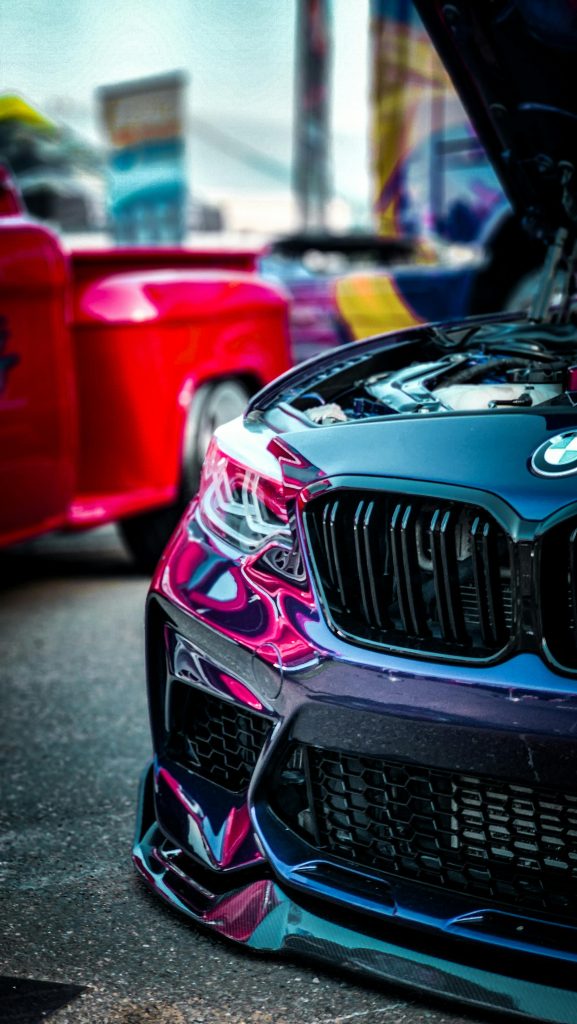 |
 |
The Future of Cruising on Woodward: A Living, Evolving Tradition
As the Woodward Dream Cruise looks to its next thirty years, its longevity will depend on its ability to balance its cherished past with a rapidly changing automotive future. The cruise has proven it is not a static museum of history but a living, evolving tradition that can adapt to new challenges and embrace new technologies. The forward-looking vision of the Woodward Dream Cruise is a testament to the organizers, communities, and corporate partners who are committed to preserving its legacy while making it relevant for a new generation.
One of the most significant changes on the horizon is the continued integration of electric vehicles. While the “Clean Cruise” has been a grassroots movement, the event’s corporate sponsors are now leading the charge. Automakers like Ford, the presenting sponsor, are using the cruise as a premier platform to showcase their latest EVs. The Woodward Dream Cruise website and press releases have highlighted Ford’s promotion of its “Mustang Mach-E Rally” at the cruise, signaling that the company sees the event as a key place to market its new electric performance vehicles. Similarly, GM has used the cruise to display vehicles like the “GMC Hummer EV,” allowing enthusiasts to get a close-up look at the future of American muscle.
The introduction of EVs has not been without debate, however. A Reddit thread discussing the “Clean Cruise” revealed a deep-seated conflict among some traditional enthusiasts. One commenter argued that EVs “don’t make any fucking noise, nor do they typically burn out,” which, in their opinion, eliminates “half of the reason to go to the Dream Cruise right there.” This friction highlights the cultural challenges the cruise faces. The organizers’ long-term vision is to bridge this divide, not by replacing the classics, but by making room for the new. The idea is to create a parallel universe on Woodward, where the roar of a V8 can coexist with the silent power of a modern electric motor.
In essence, the Woodward Dream Cruise’s future lies in its ability to remain an inclusive and authentic experience. The event’s leadership, including President Michael Lary, has made it clear that their vision is rooted in community and togetherness. Lary’s statement that Ford helps “fuel our passion for not only classic cars, but also some of the hottest new products out there” is a clear signal that the event’s mission is to honor the past while embracing the future. It’s a delicate balancing act, but one that the cruise has proven capable of performing. By continuing to adapt to new technologies, welcome a new generation of cruisers, and maintain its unique, egalitarian spirit, the Woodward Dream Cruise is poised to remain a cherished cultural institution for decades to come.
 |
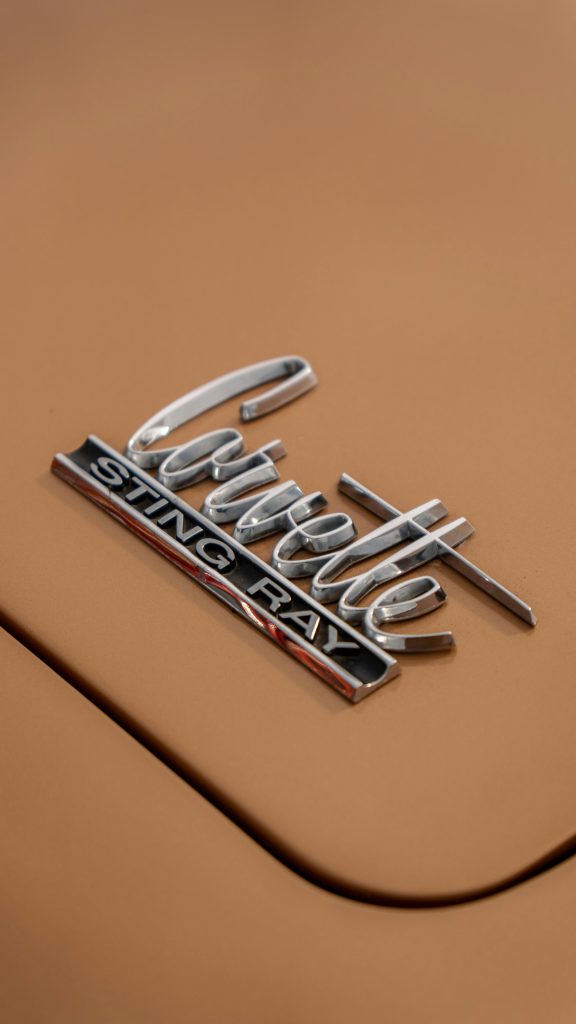 |
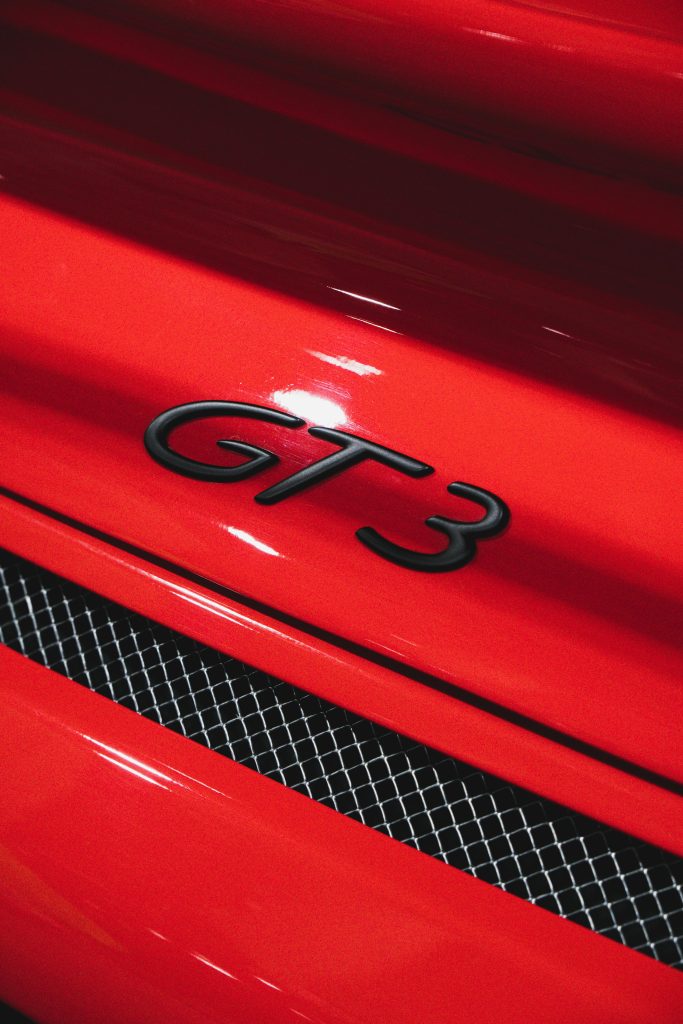 |
As a participant from the very first cruise told Hagerty Media, “no one had any idea of the growth.” Today, after 30 years, the growth is still remarkable. The Woodward Dream Cruise is more than an event; it’s a living, rolling symbol of Detroit’s legacy and its enduring passion. As a Nino Salvaggio article so perfectly concluded, the Dream Cruise isn’t just about the cars, “it’s about a city, its people, and the dream that drives them.”
The Woodward Dream Cruise stands as a remarkable testament to the enduring power of Detroit car culture, a phenomenon that blossomed from a simple grassroots fundraiser into the world’s largest single-day automotive event. Its improbable genesis in 1995, driven by the nostalgia for Woodward Avenue’s golden age of cruising, captured the collective imagination of a region and, unexpectedly, a nation. The initial turnout of a quarter of a million people was a powerful signal that the desire to relive a cherished past was deeply ingrained in the community, transforming a modest effort into an overnight sensation. This event proved that the spirit of automotive passion, once a hallmark of the Motor City, was not just alive but thriving.
Beyond its historical roots, the Woodward Dream Cruise has demonstrated an incredible capacity for evolution and adaptation. What began as a one-day celebration has expanded into a week-long festival, generating a substantial economic impact and becoming a fixture for enthusiasts worldwide. It’s a vibrant spectacle where classic cars—gleaming muscle cars, hot rods, and vintage beauties—continue to be the stars, but the cruise has also thoughtfully embraced the future. The rise of restomods, seamlessly blending vintage aesthetics with modern performance, and the increasing presence of electric vehicles in initiatives like the “Clean Cruise,” showcase the event’s forward-thinking approach. This dynamic blend ensures its continued relevance in a rapidly changing automotive landscape. Ultimately, the Woodward Dream Cruise is more than just a parade of vehicles; it’s a powerful symbol of community spirit, a living museum of automotive history, and a celebration of innovation, all underpinned by a shared love for the automobile that continues to drive its success and secure its legacy for generations to come.
